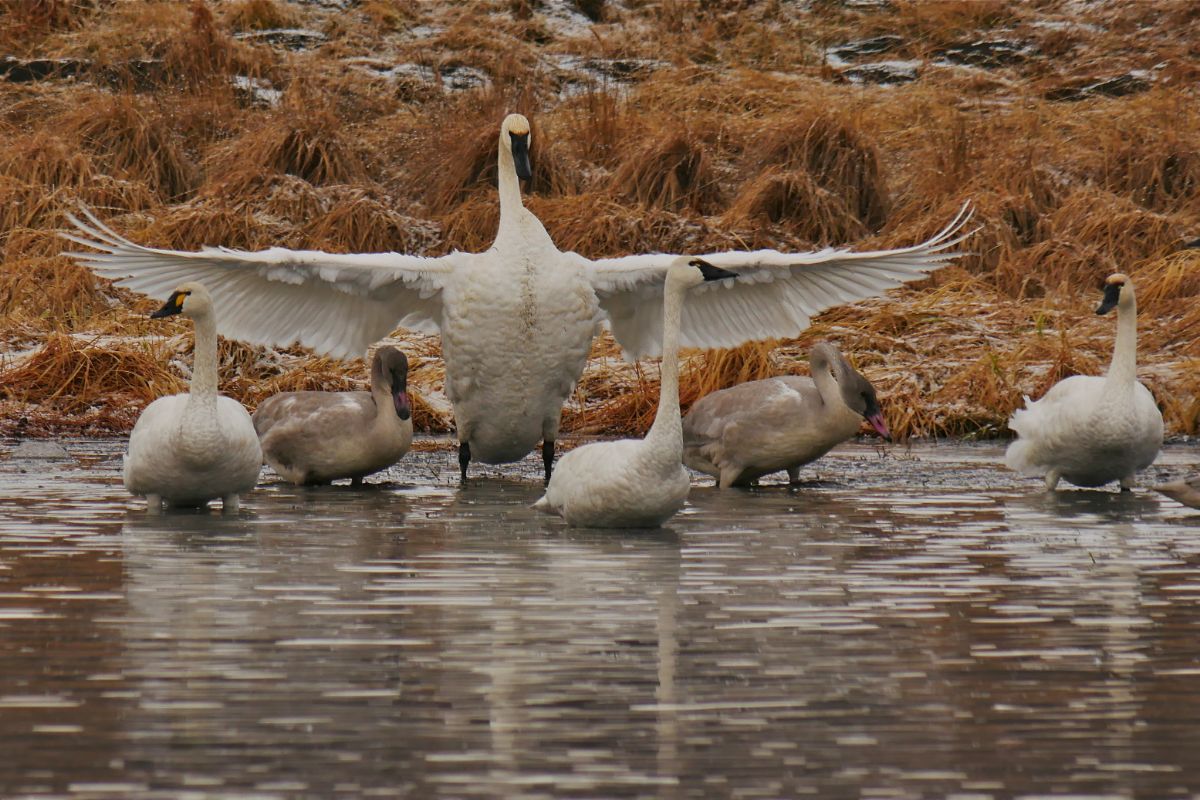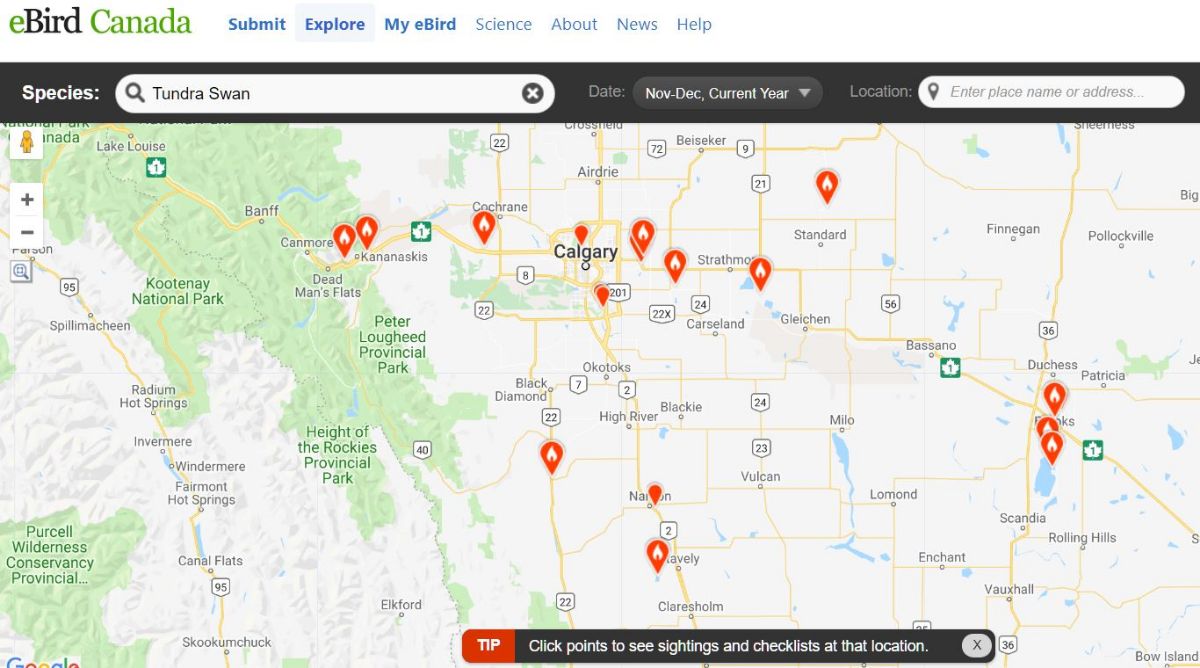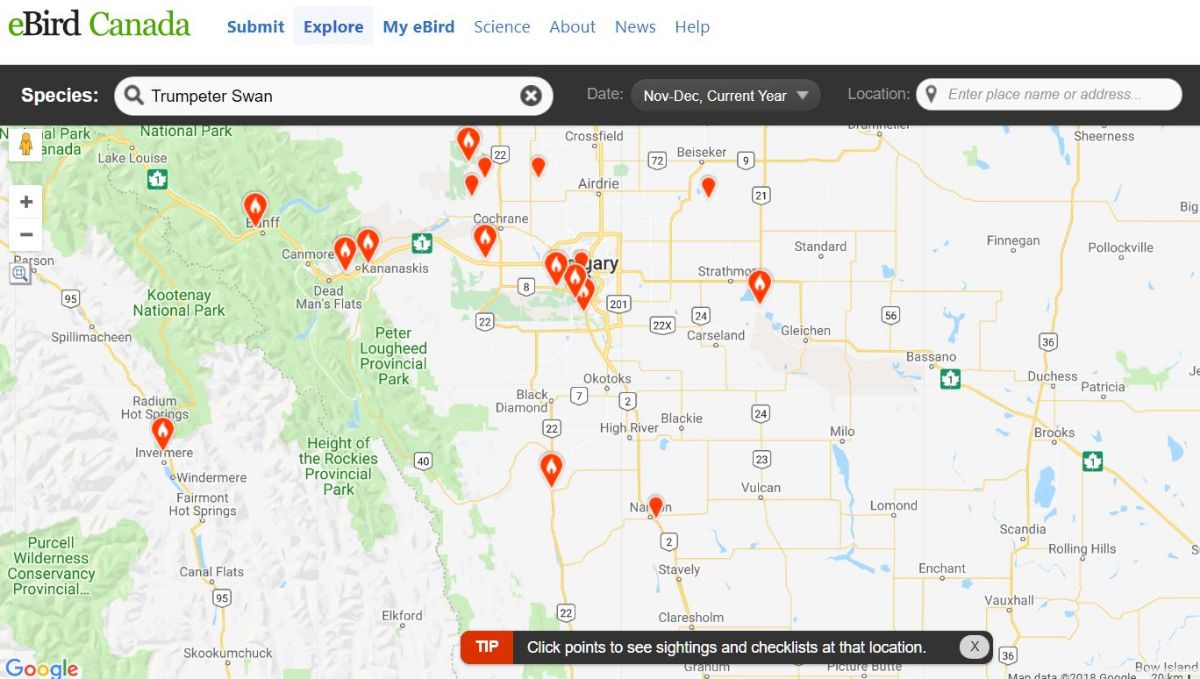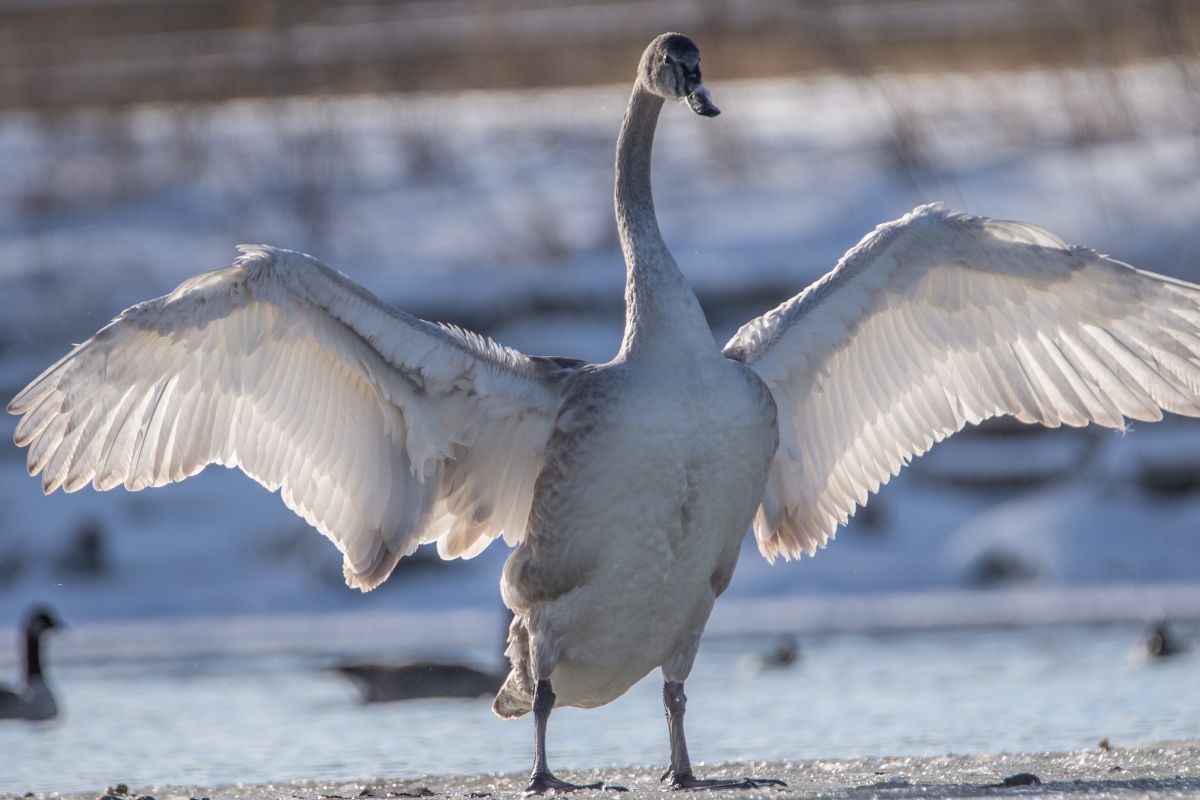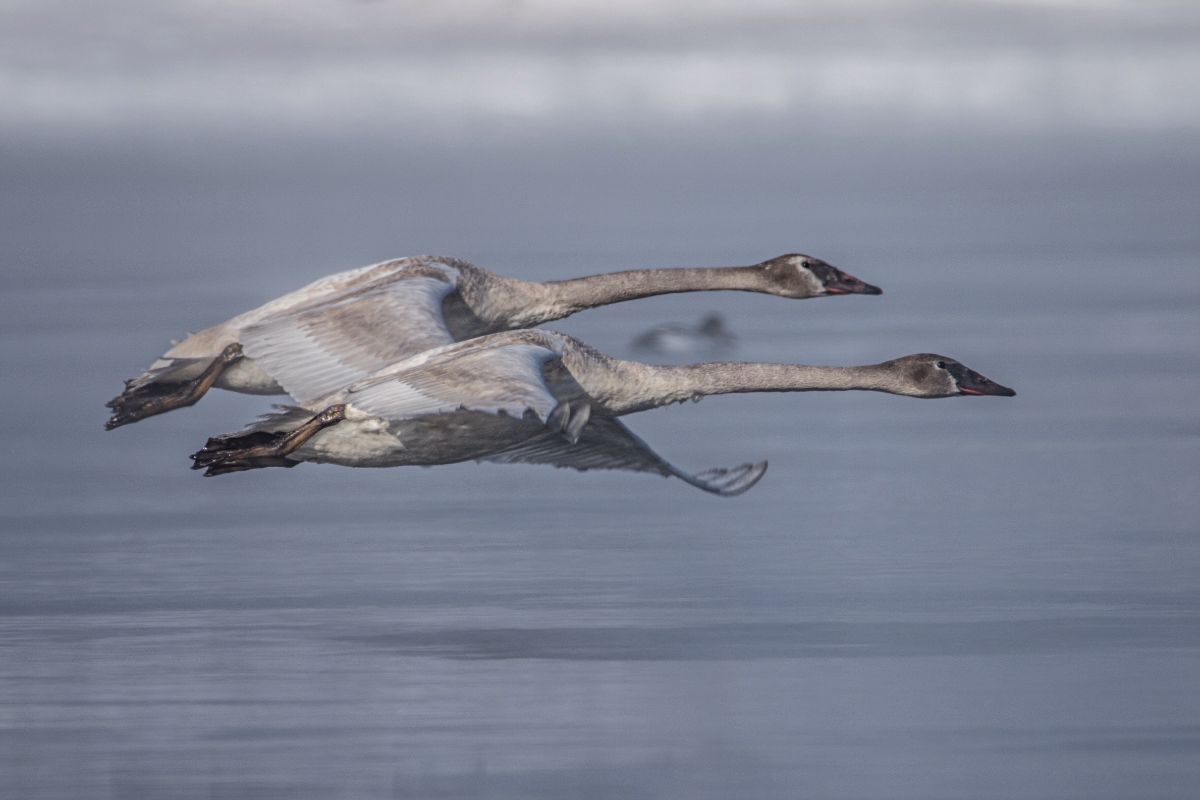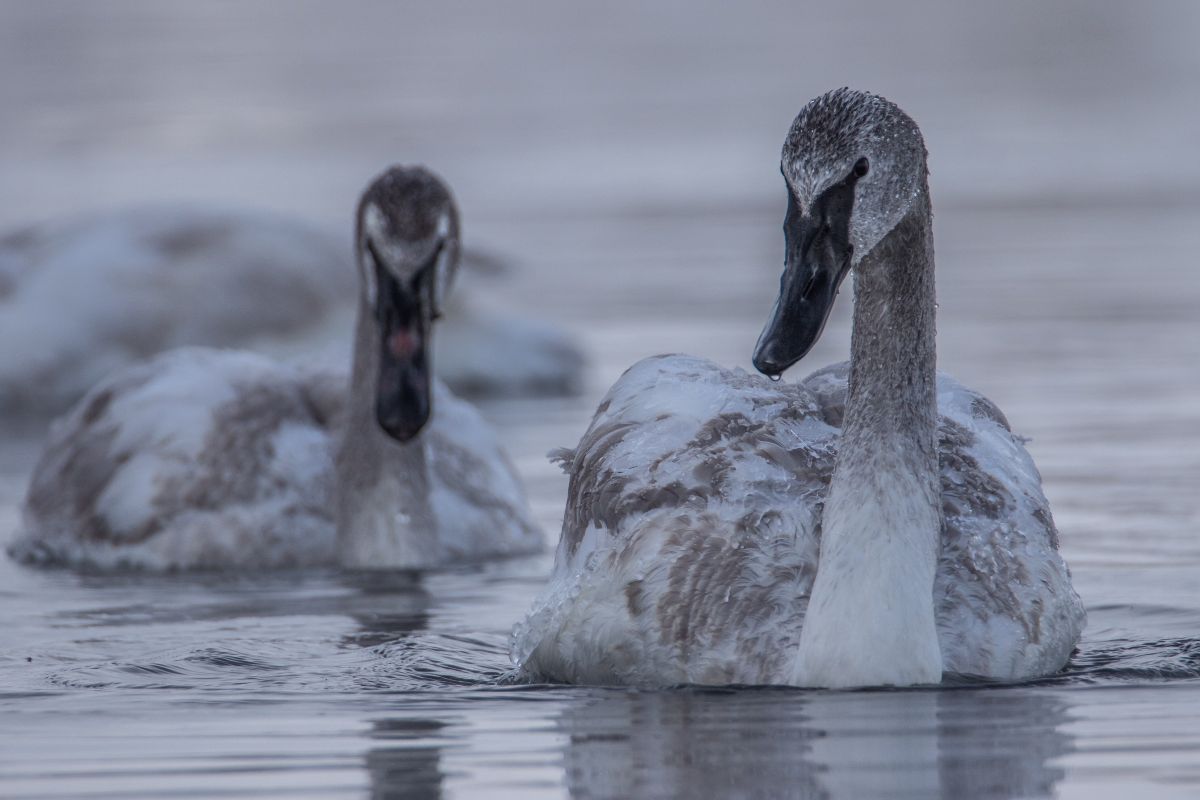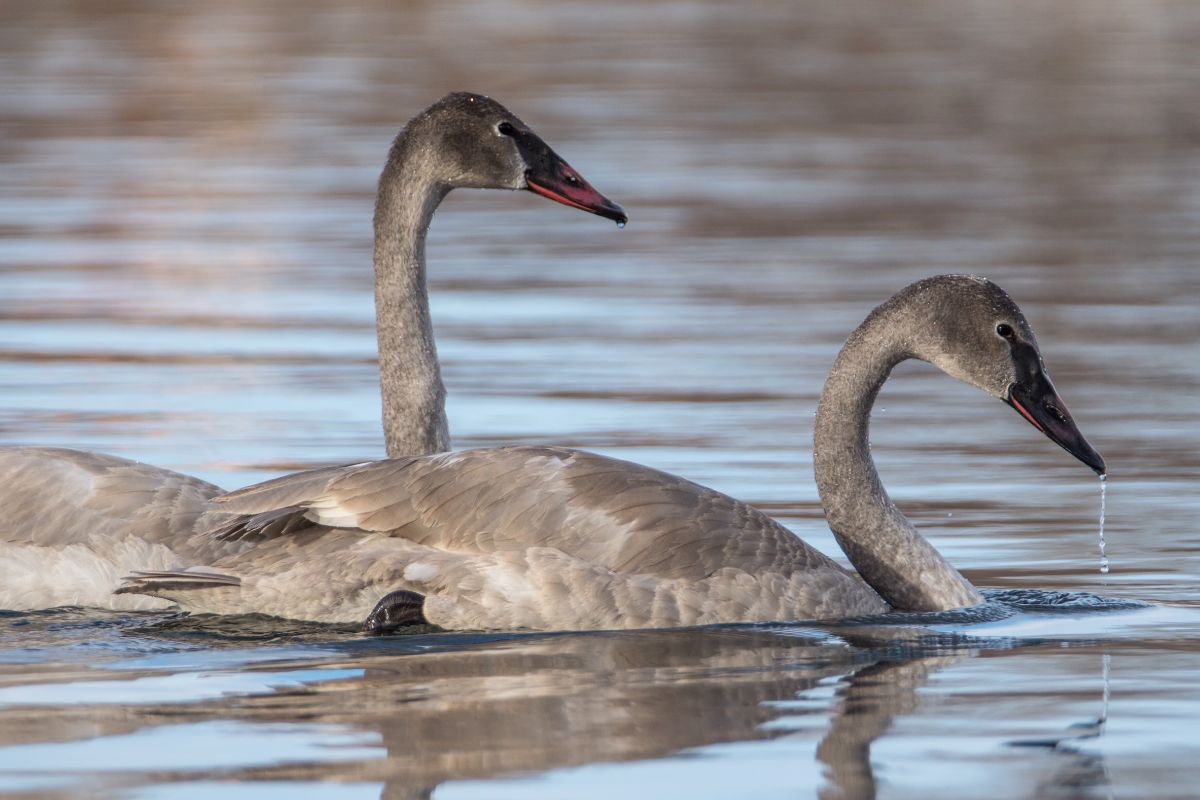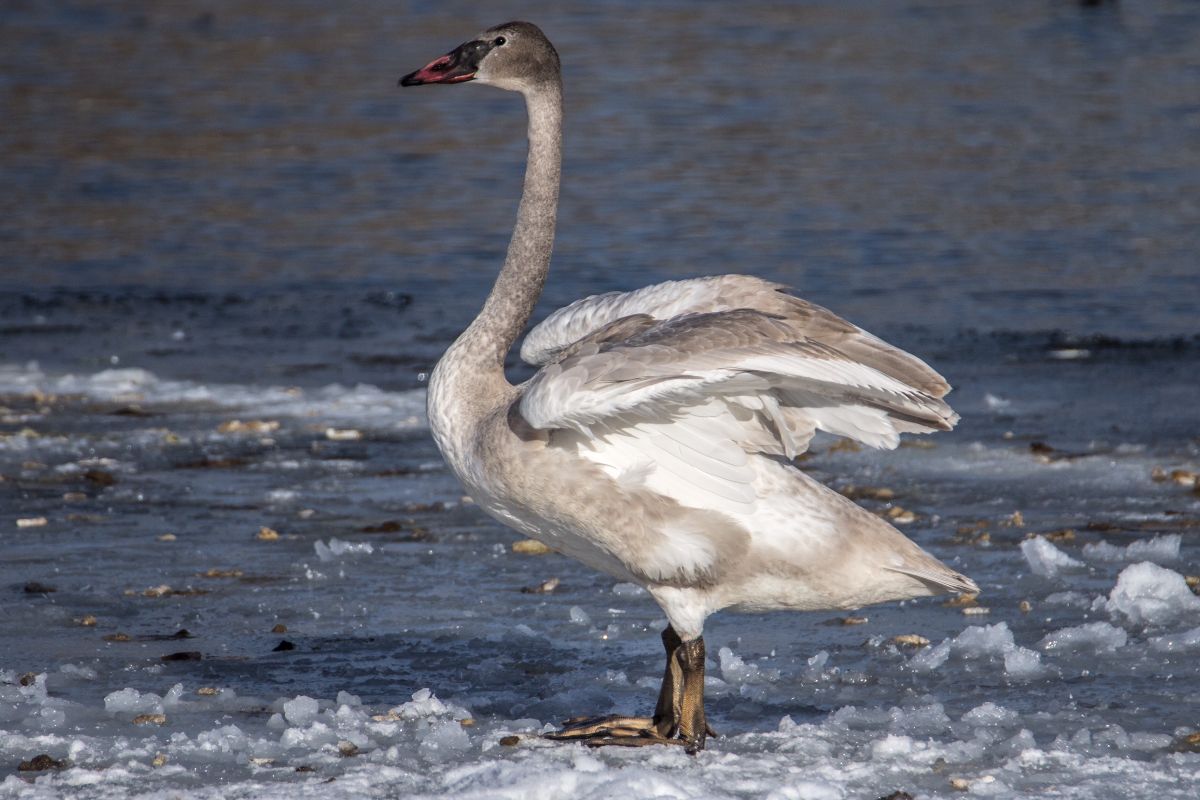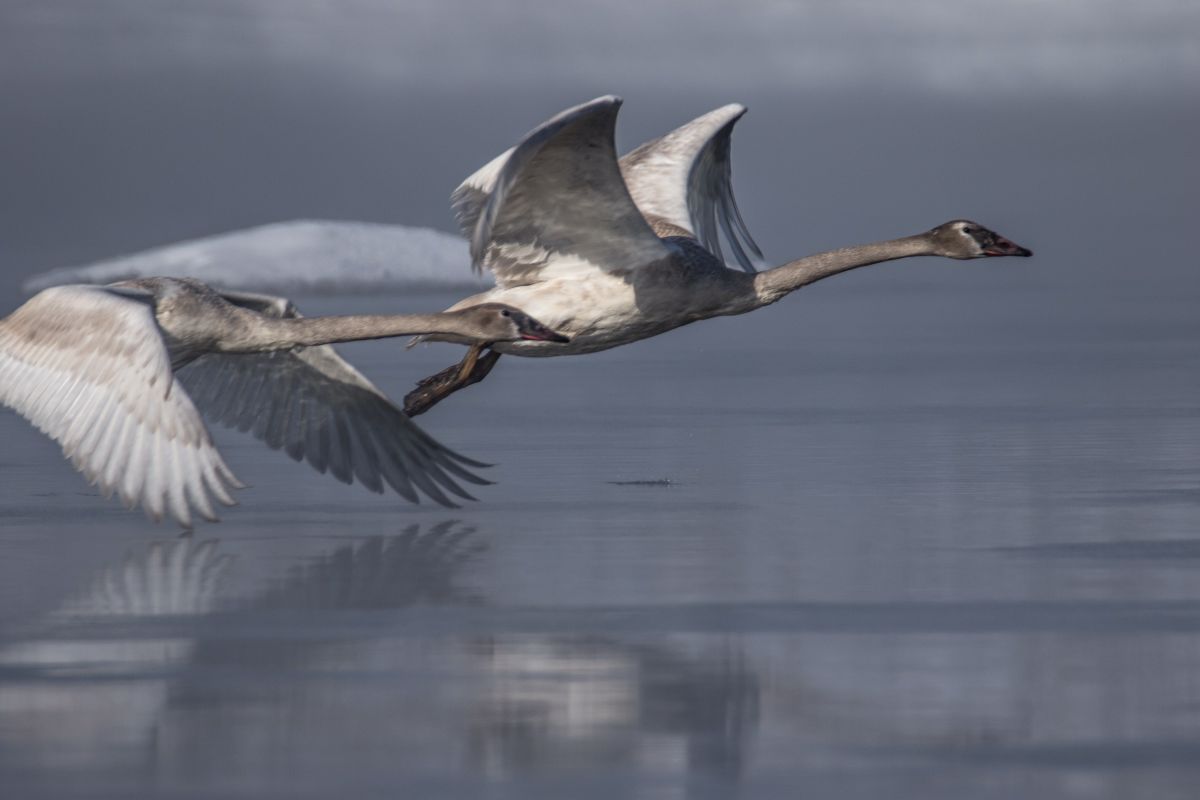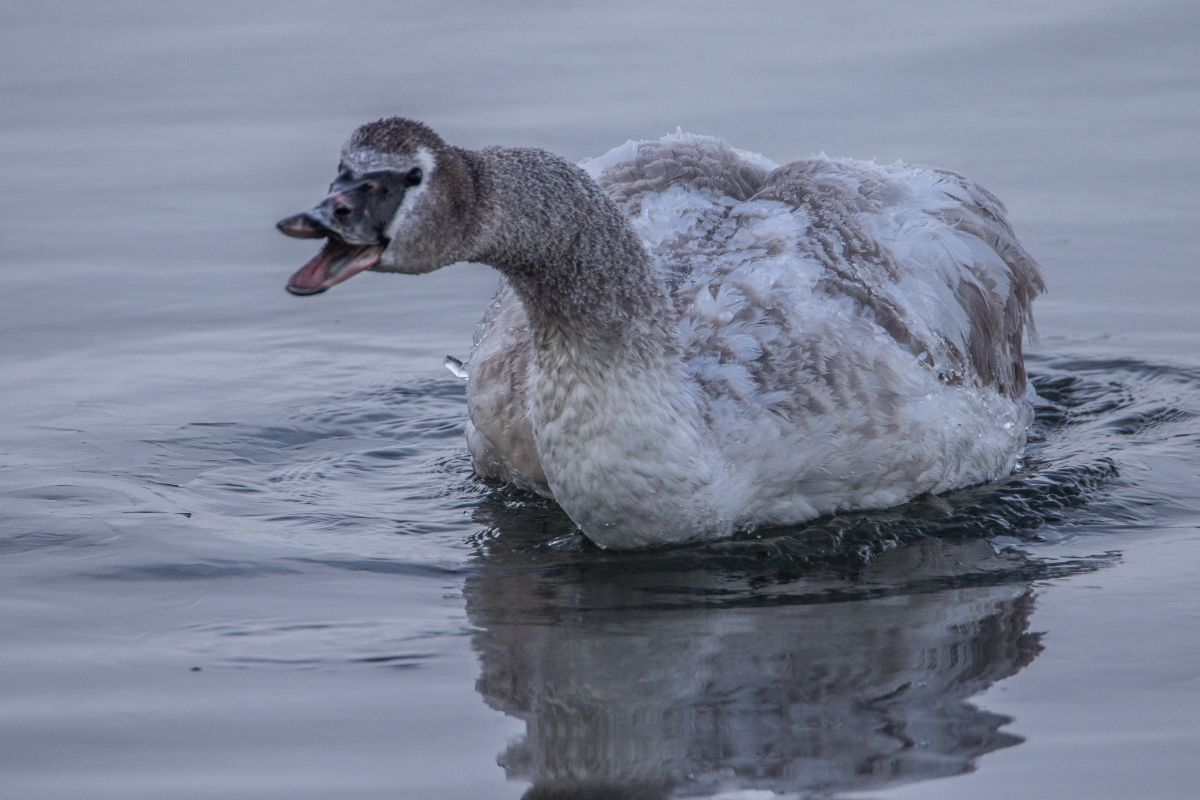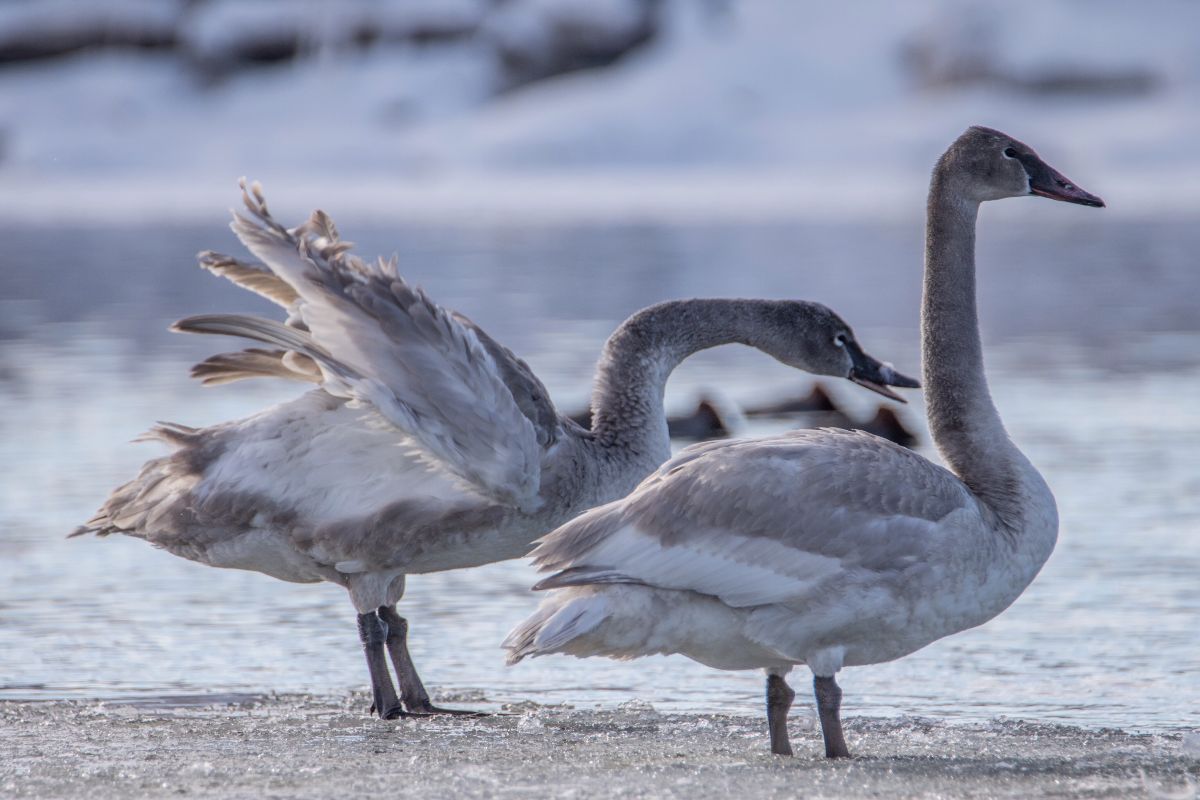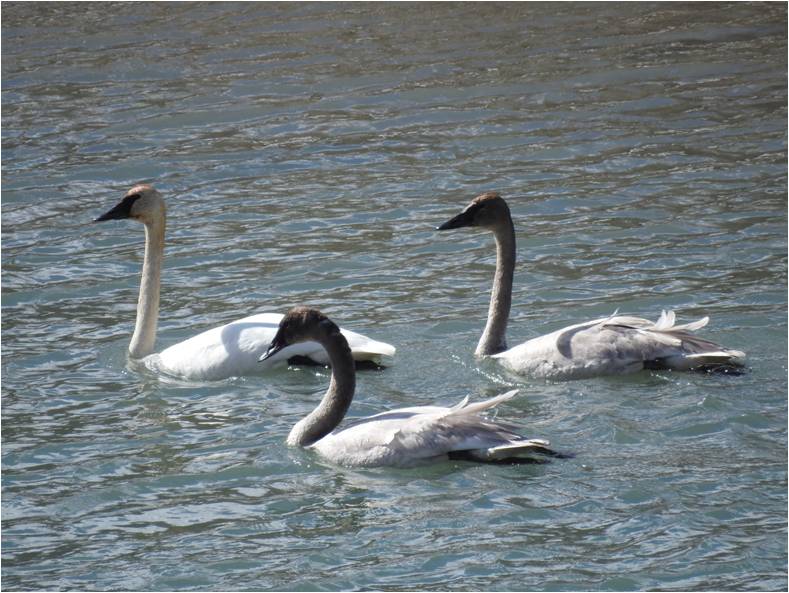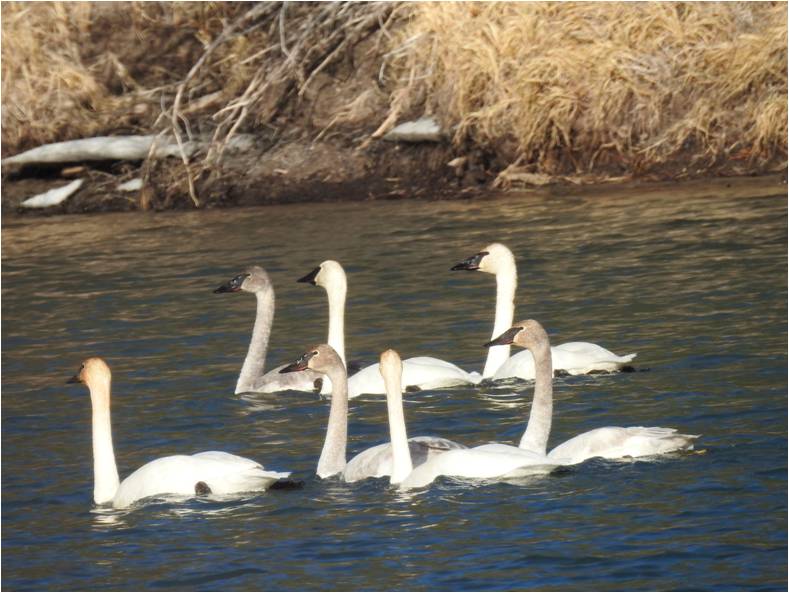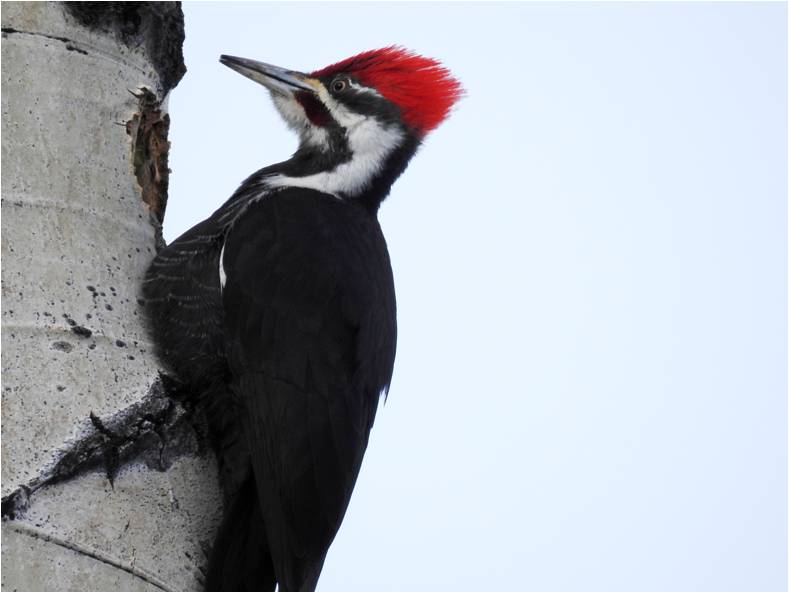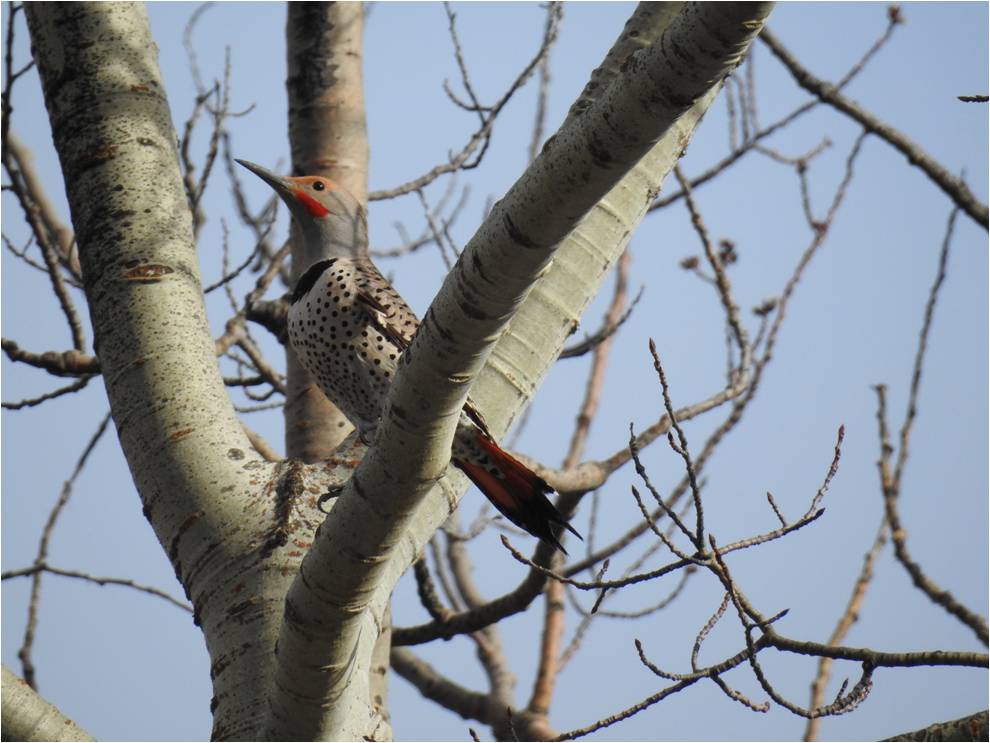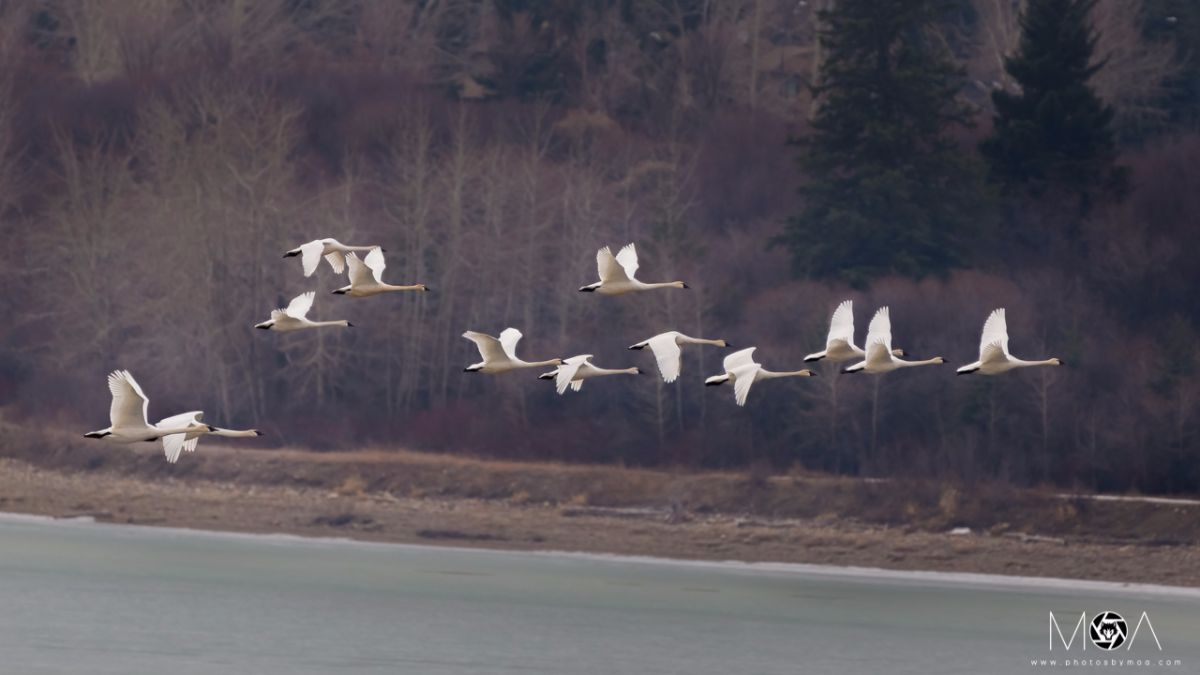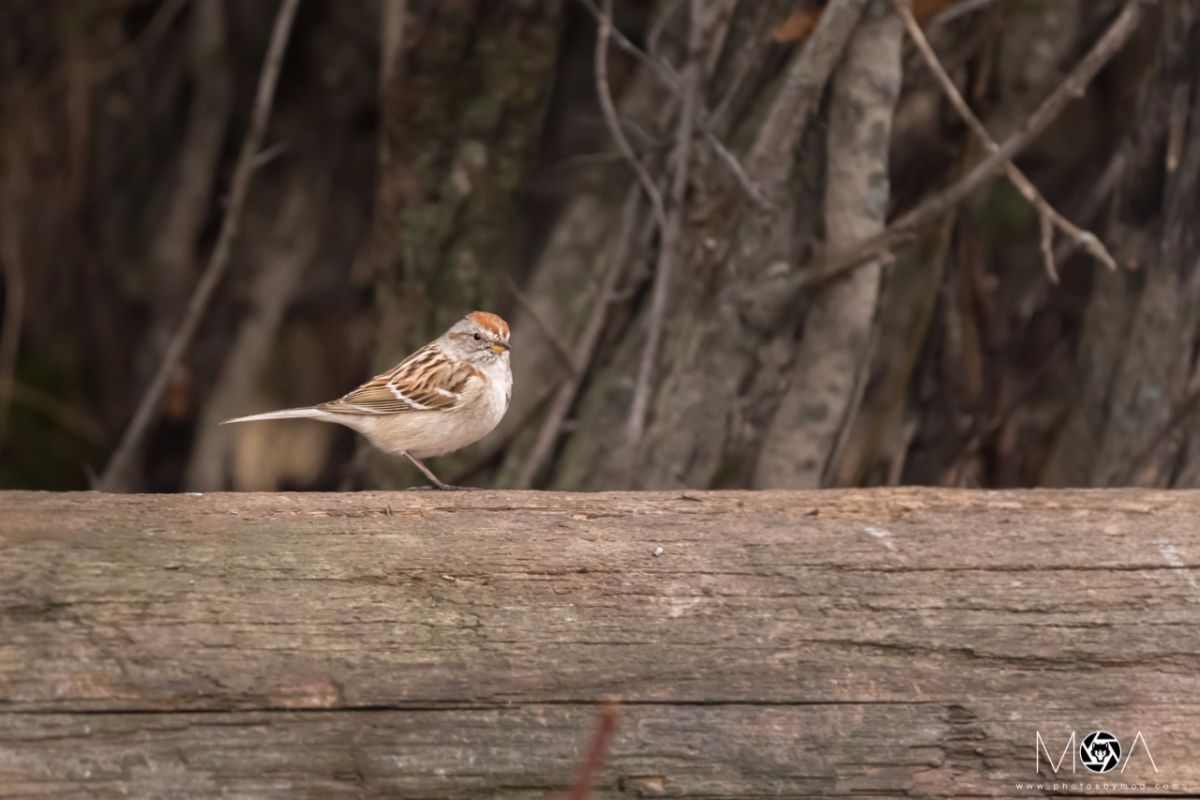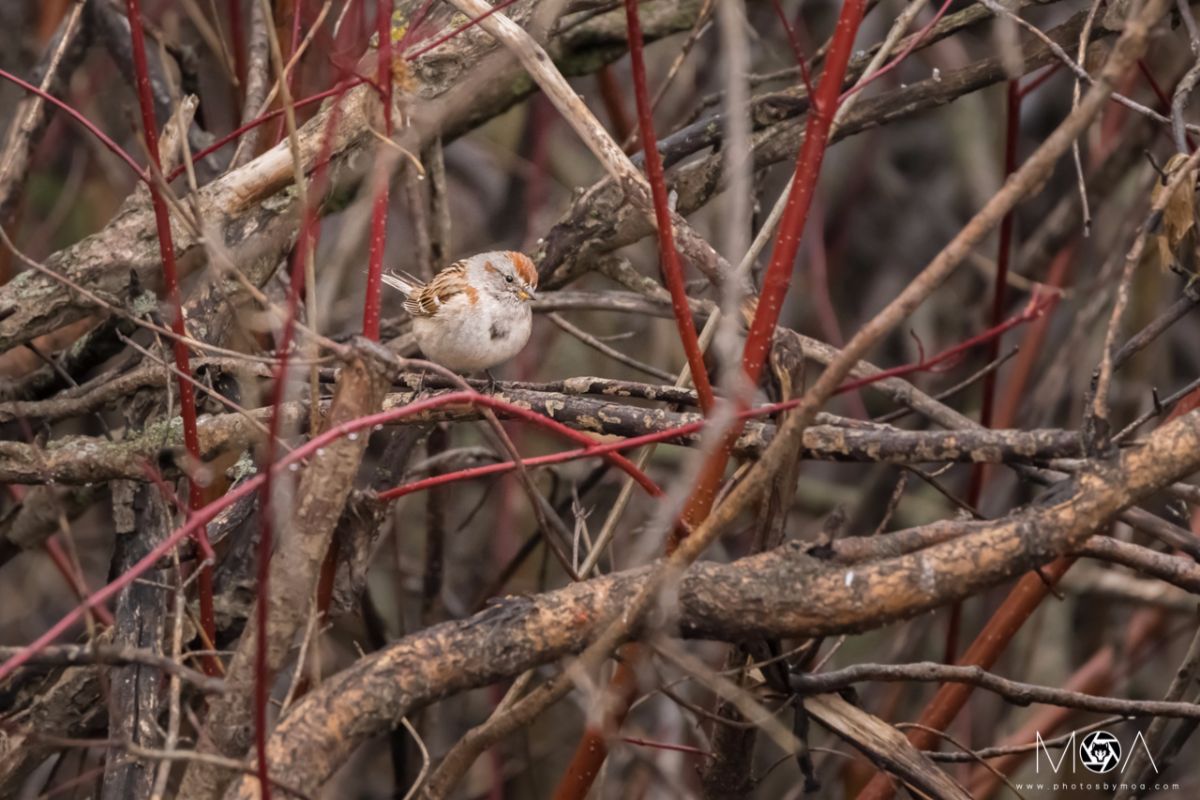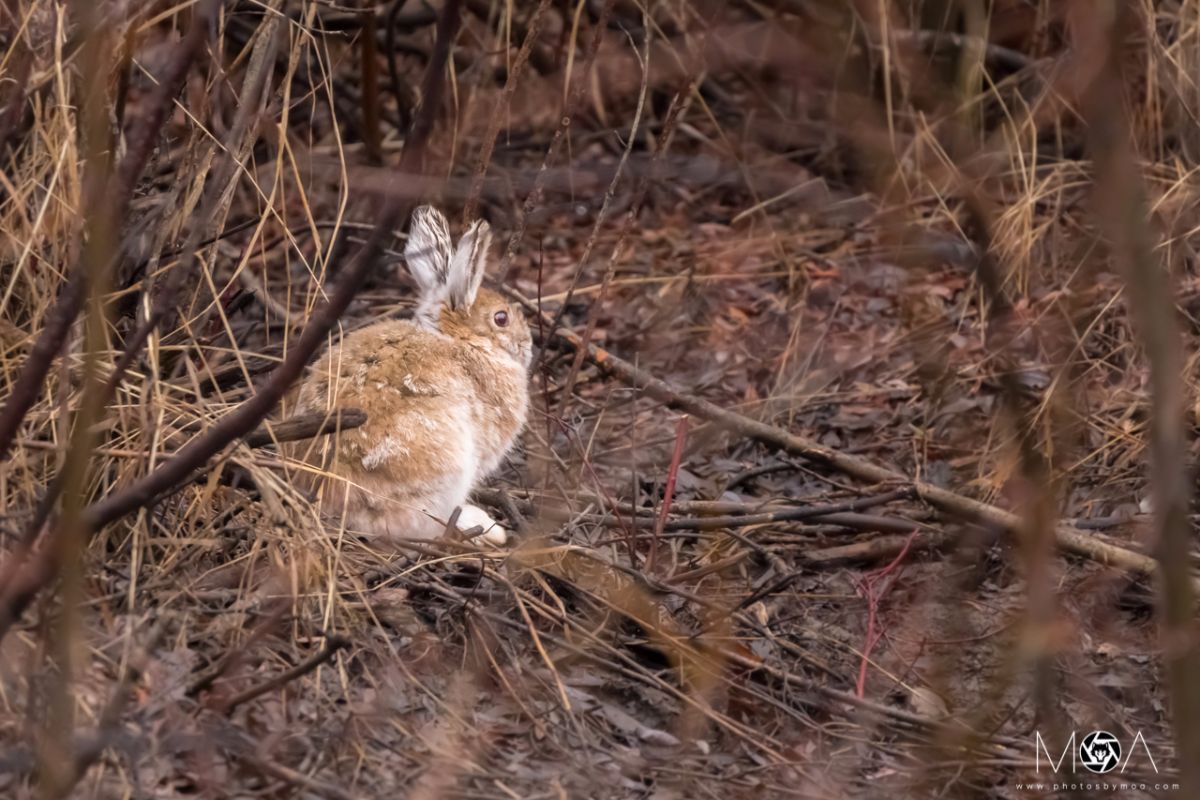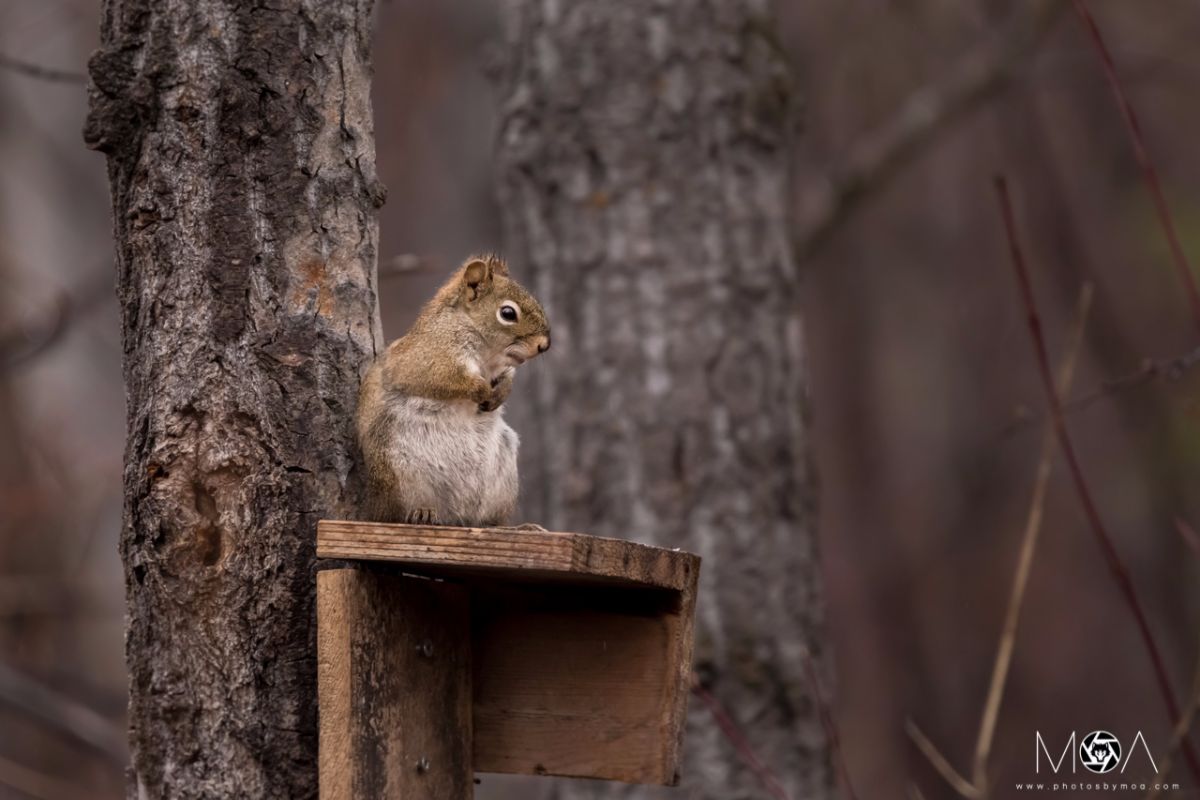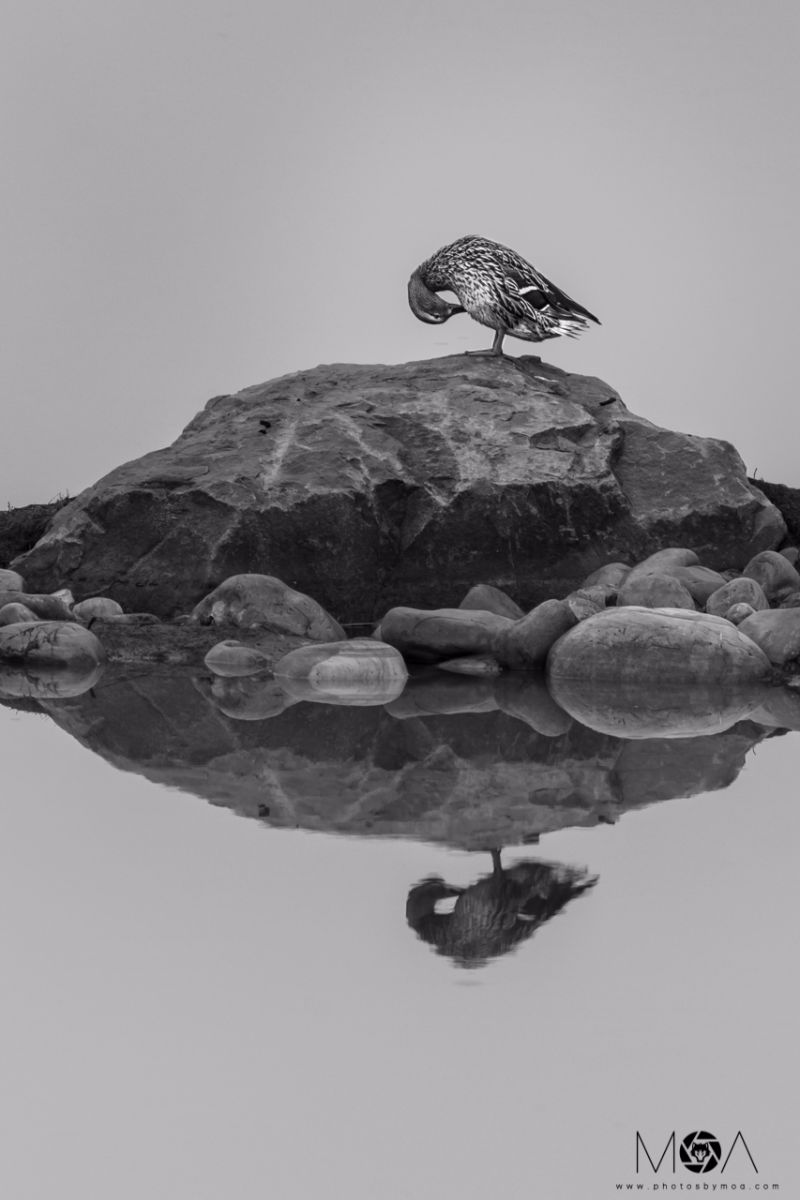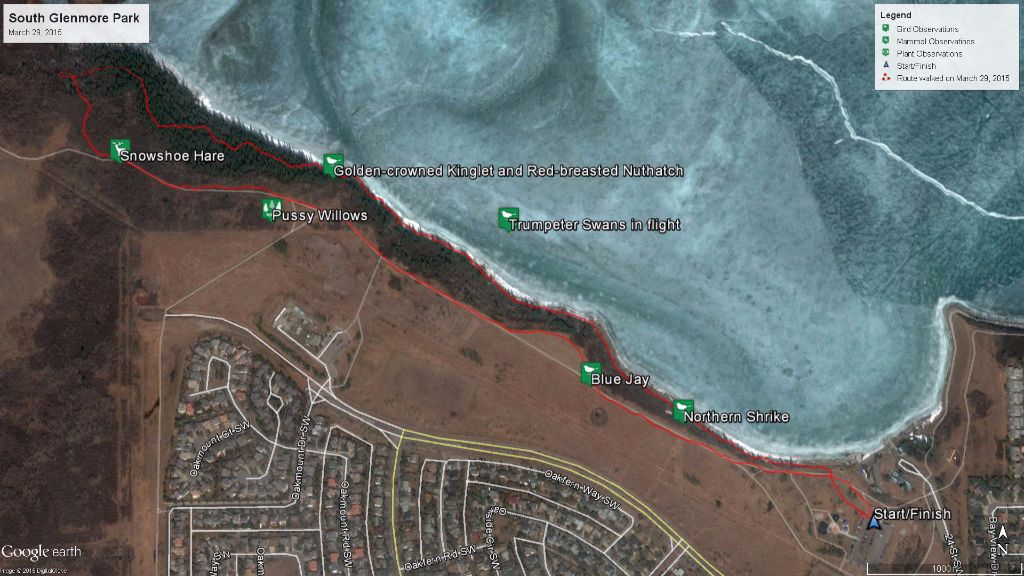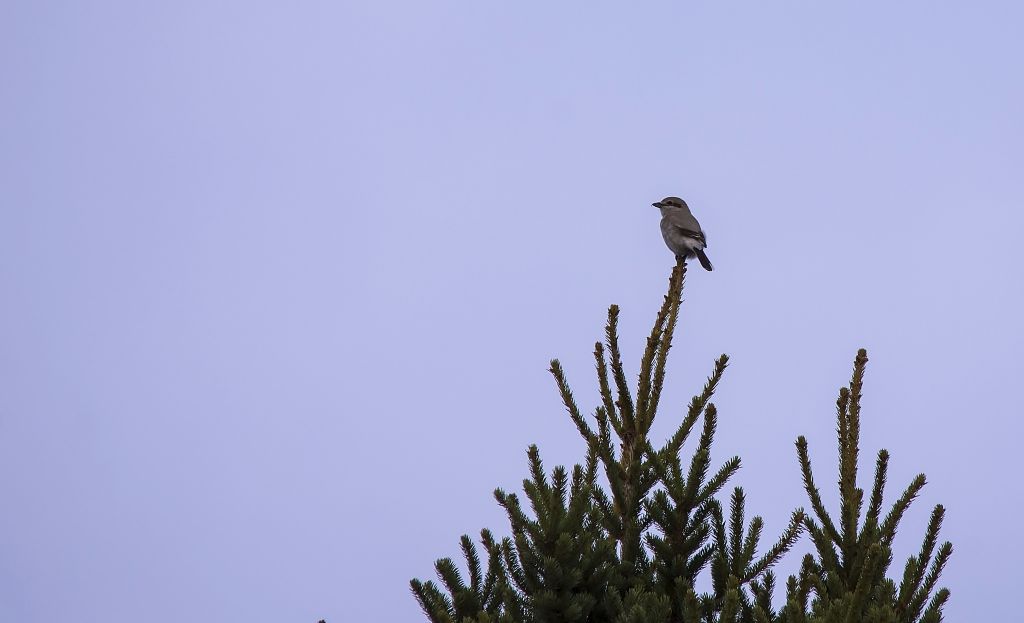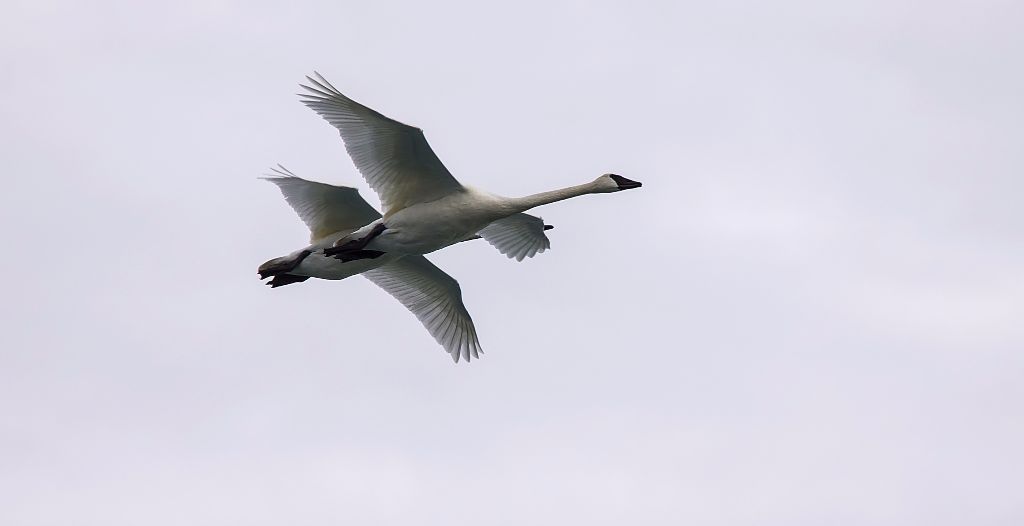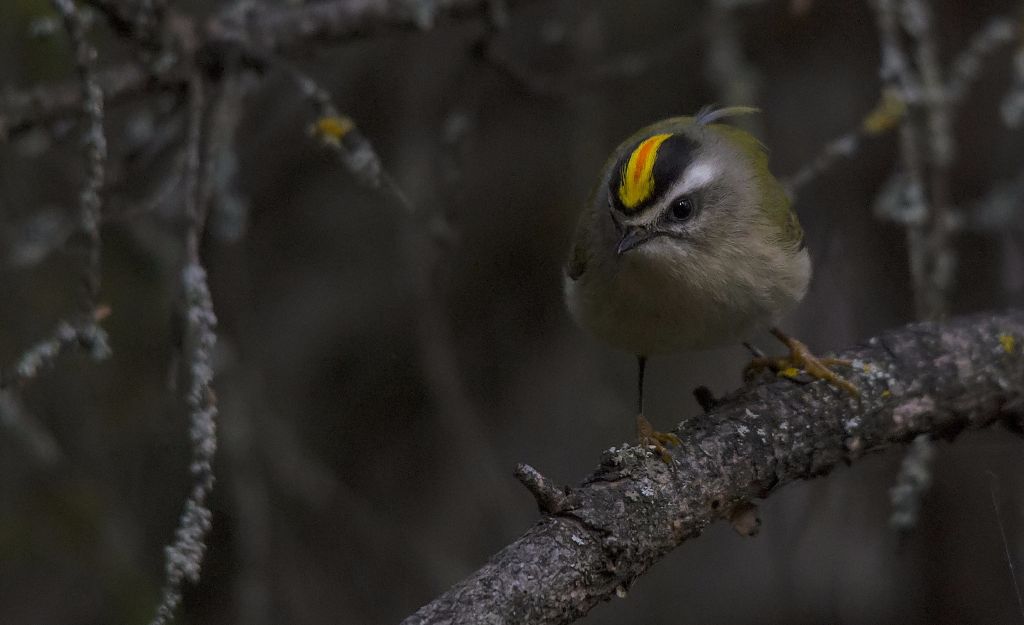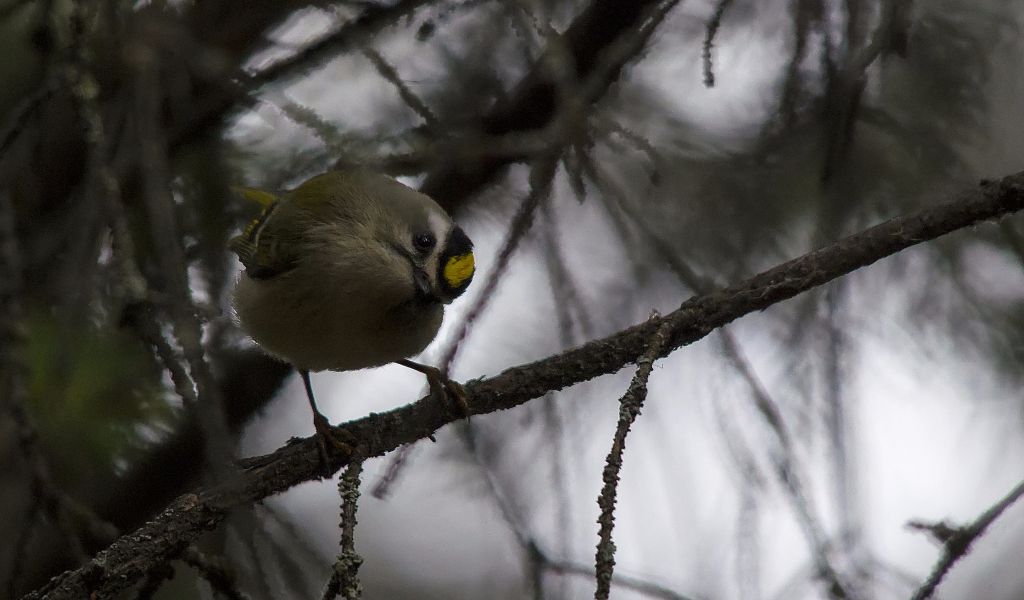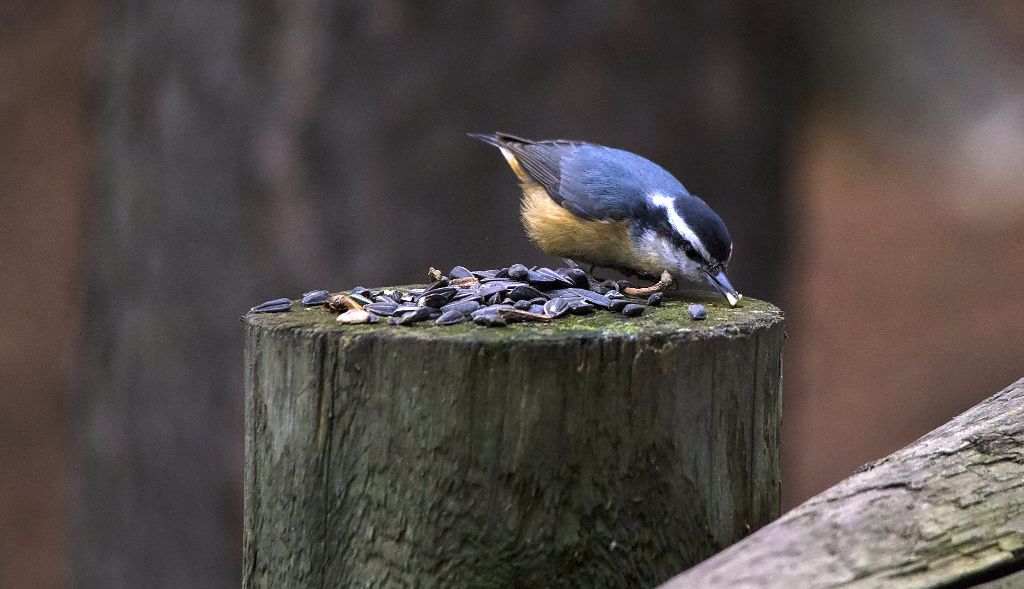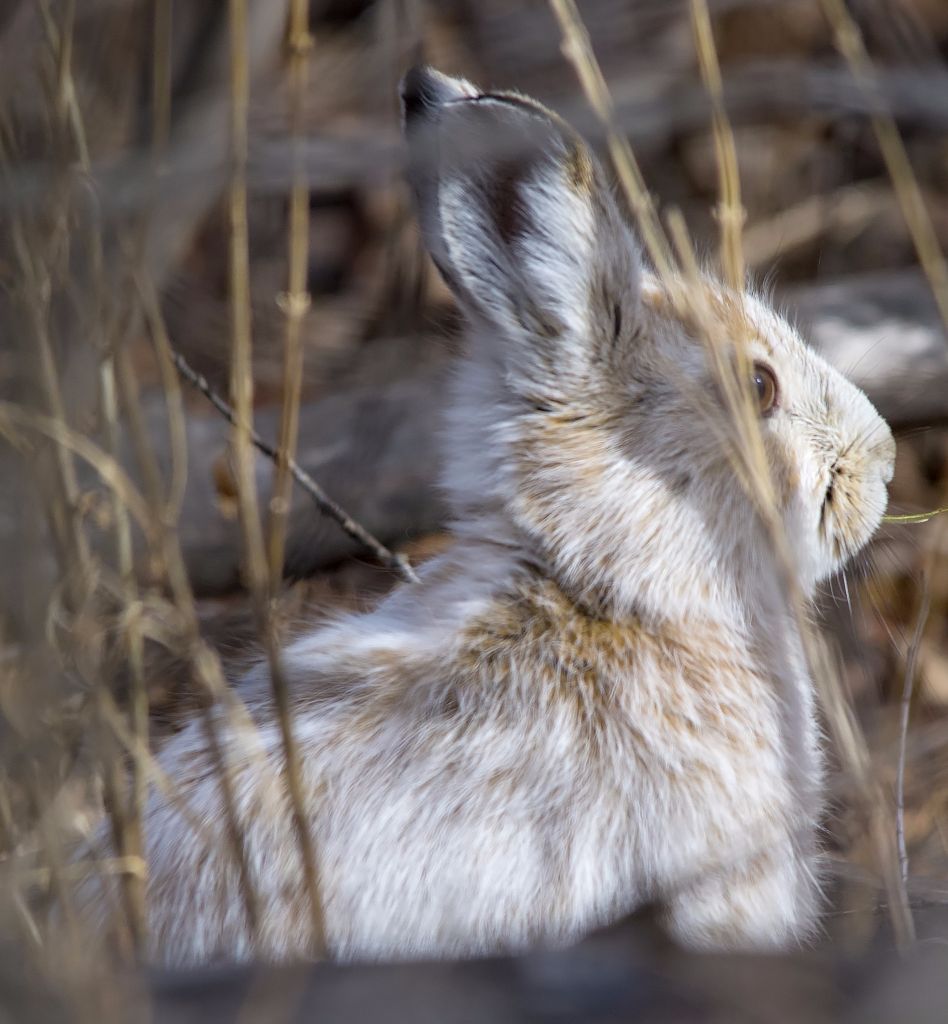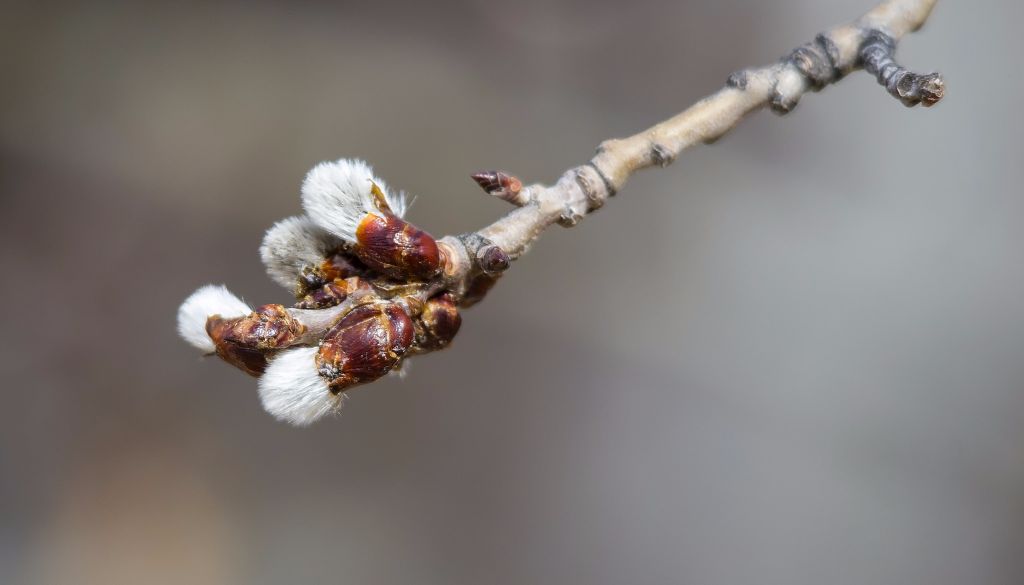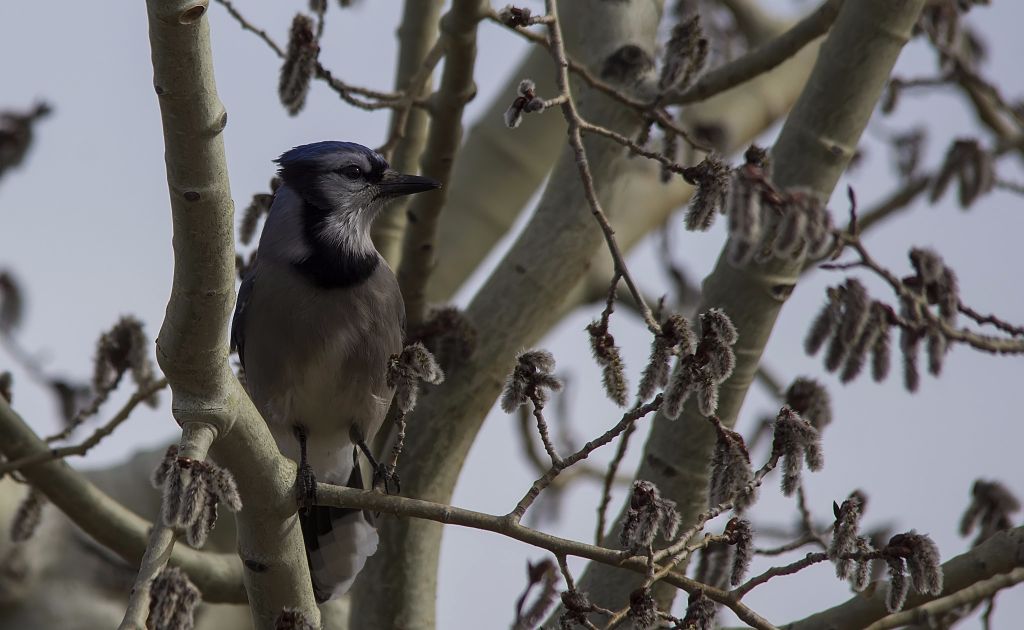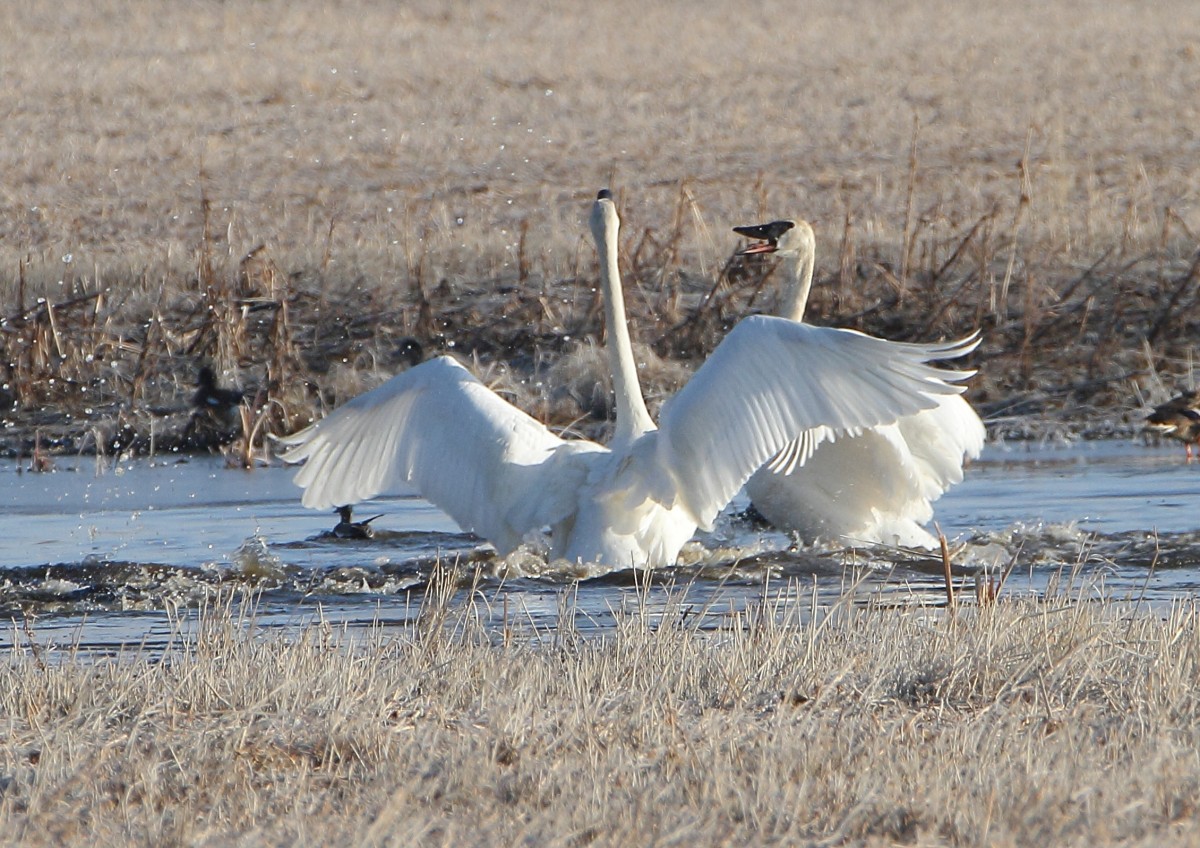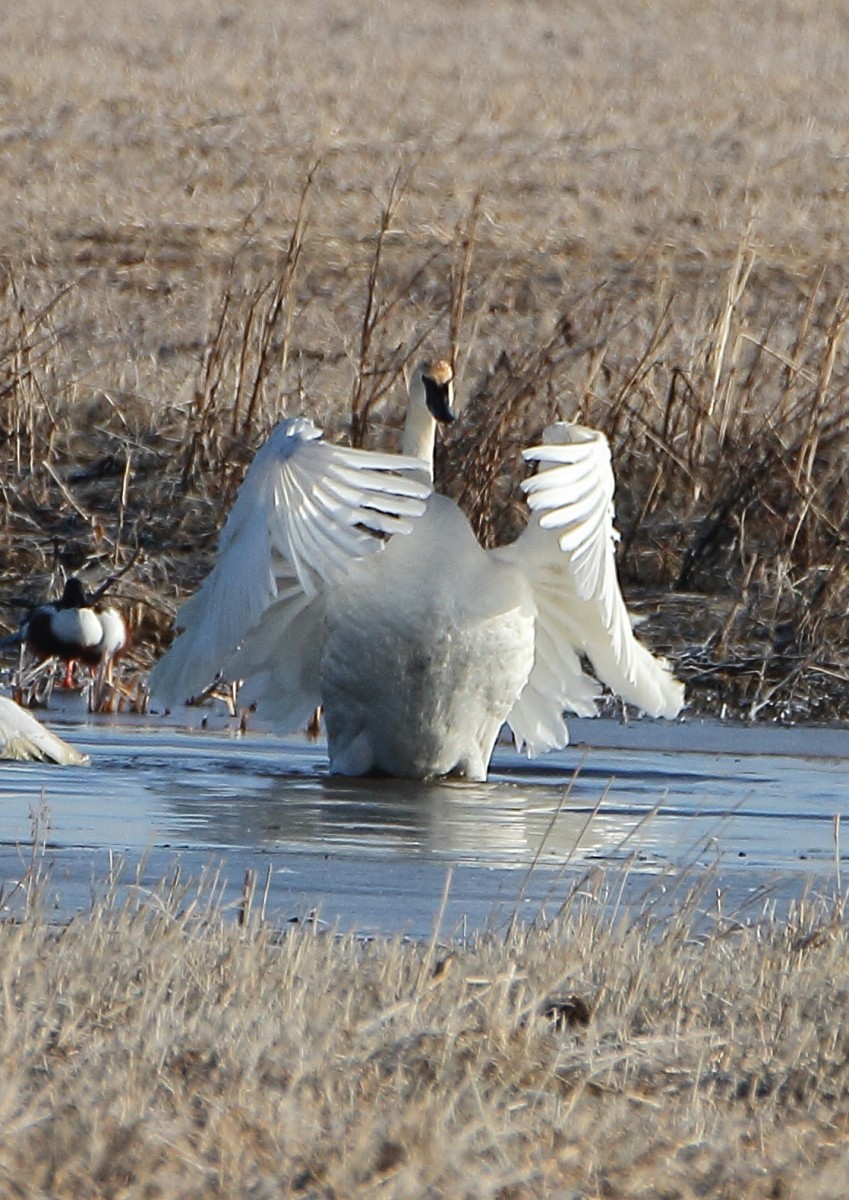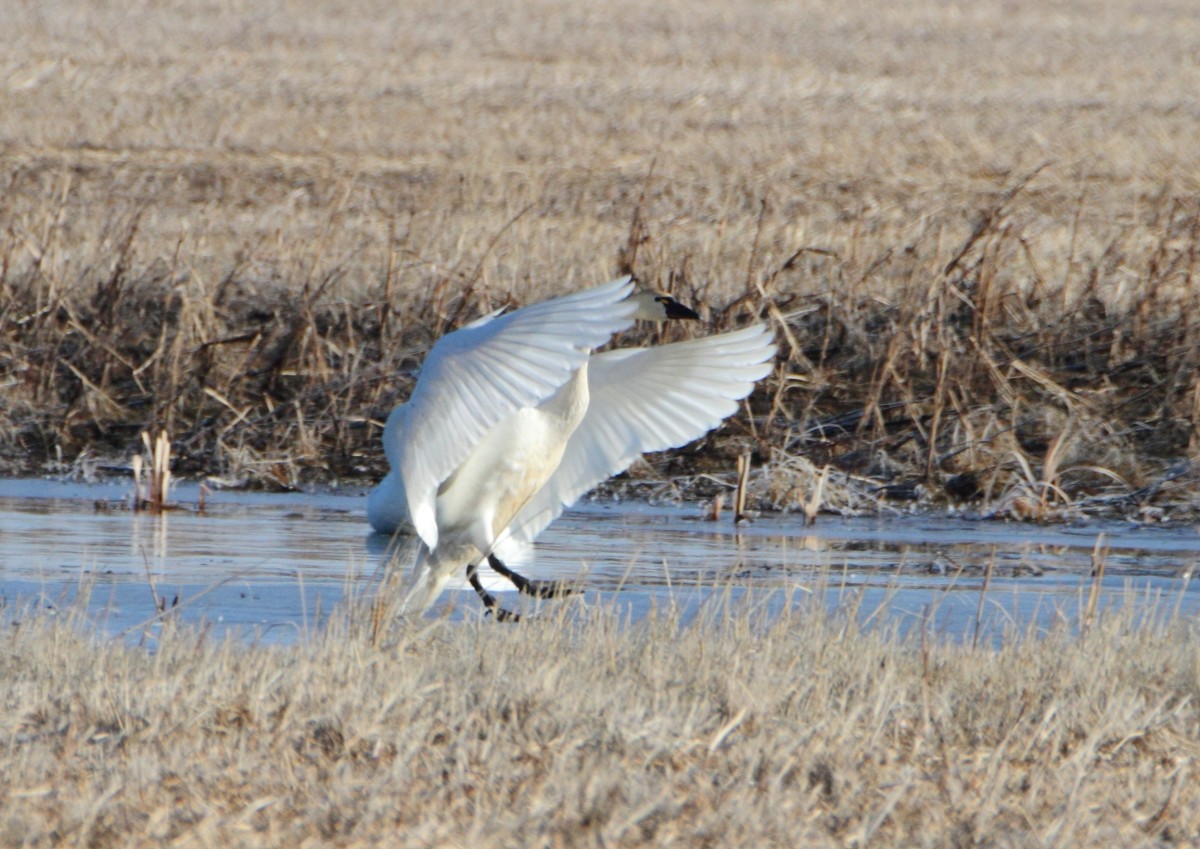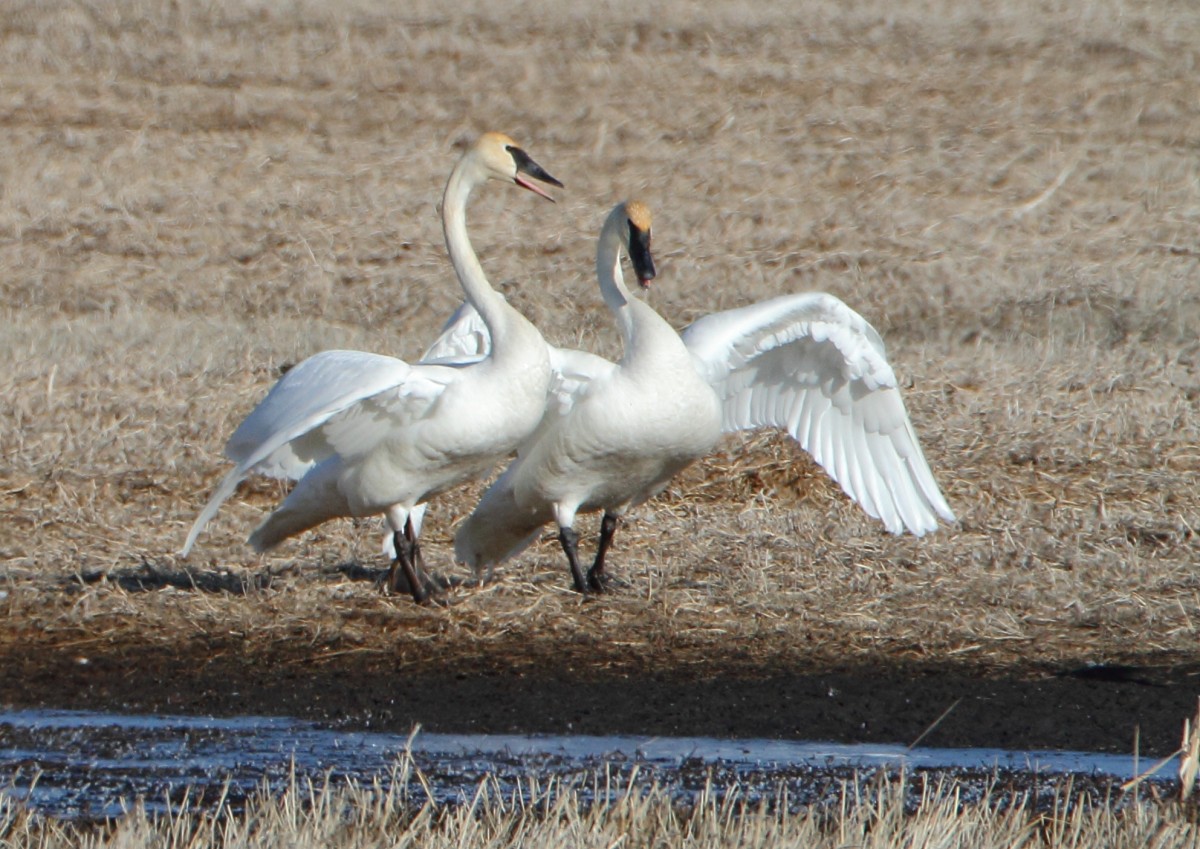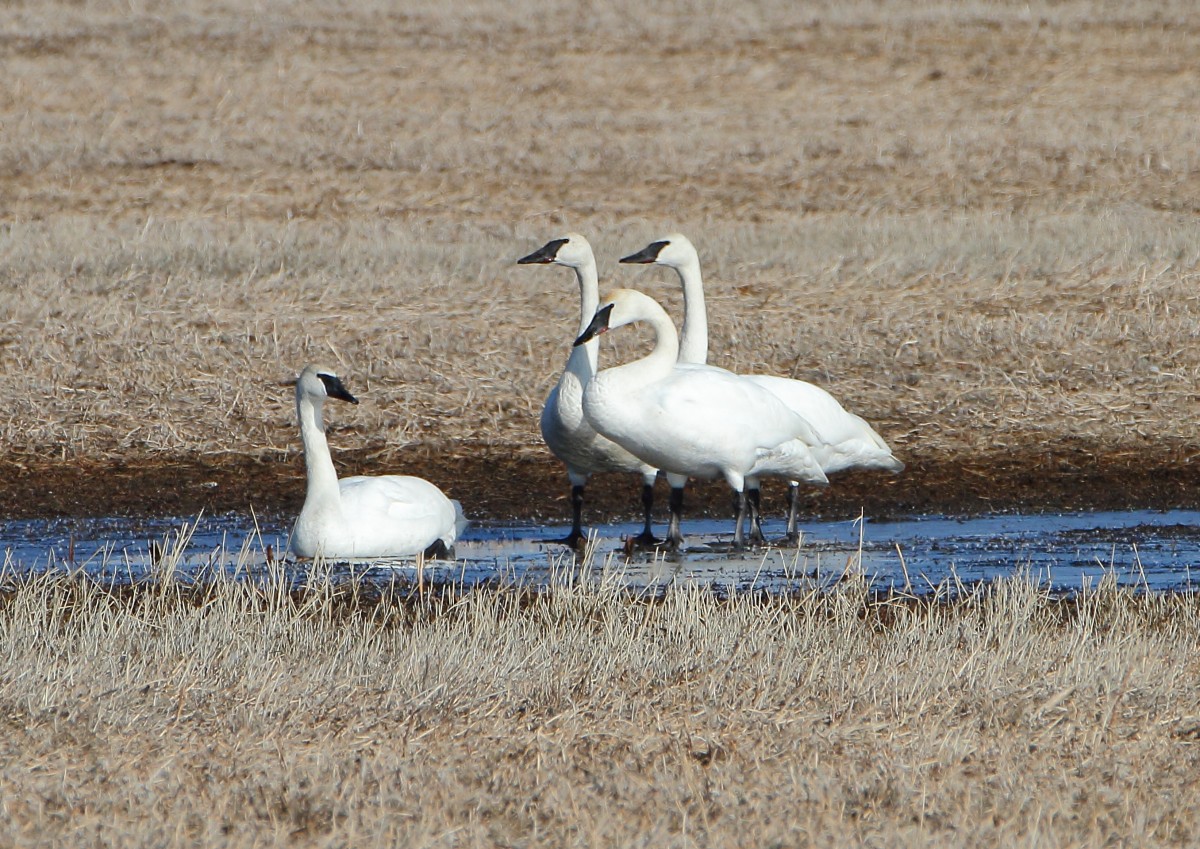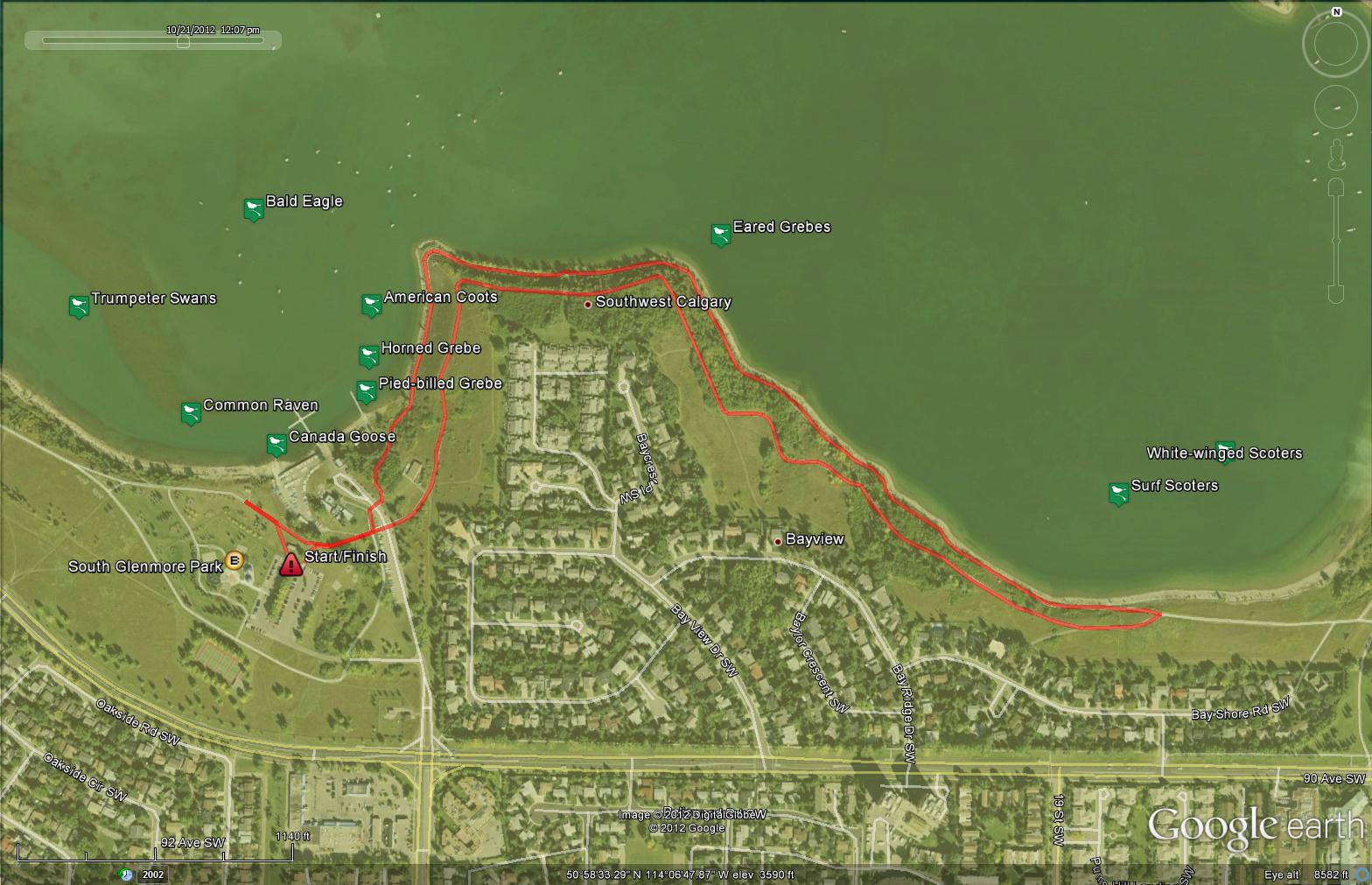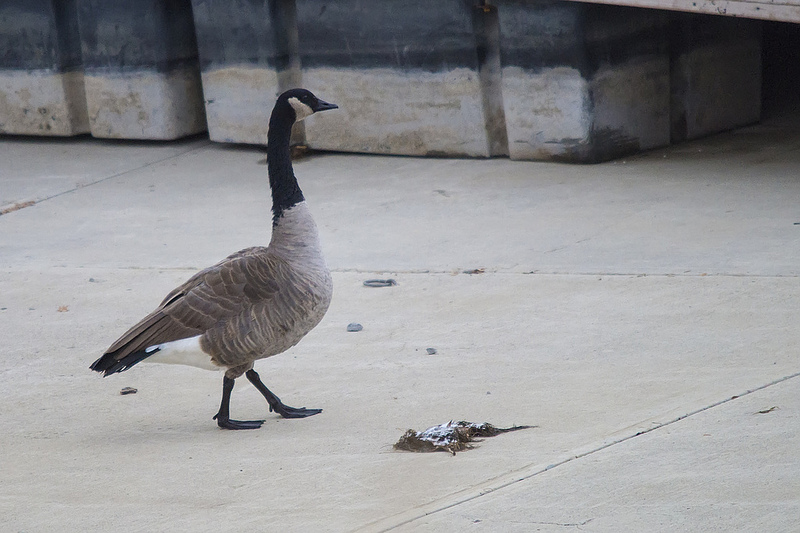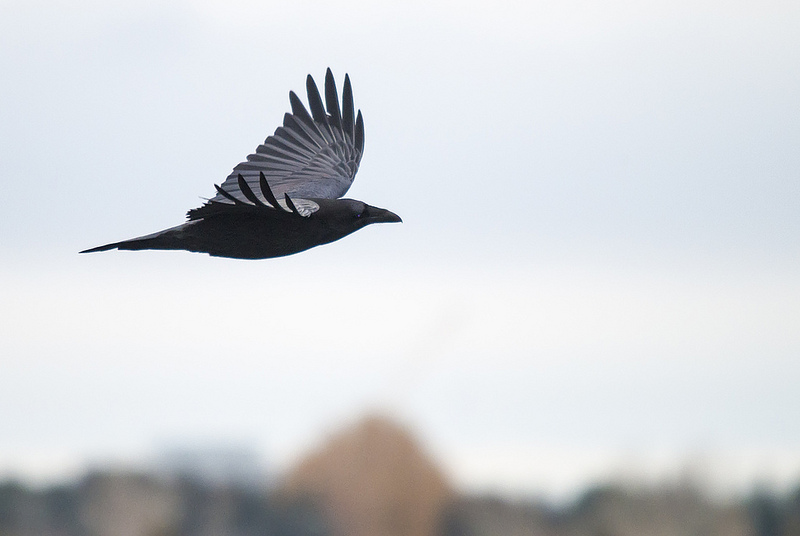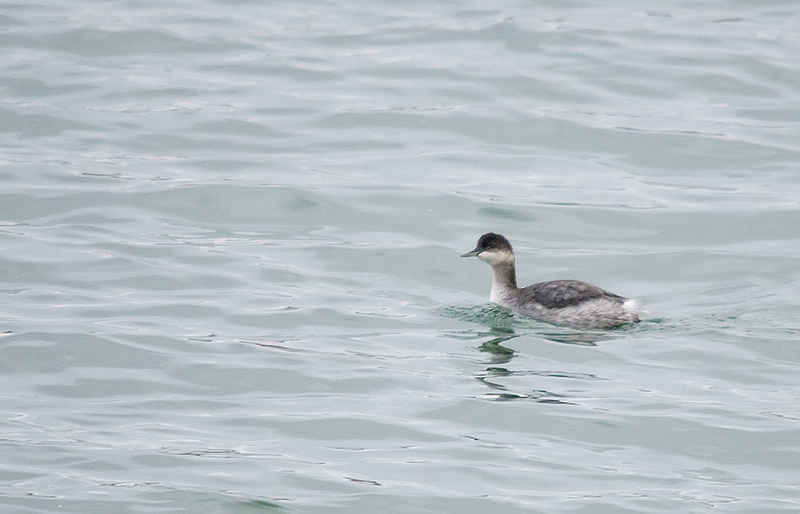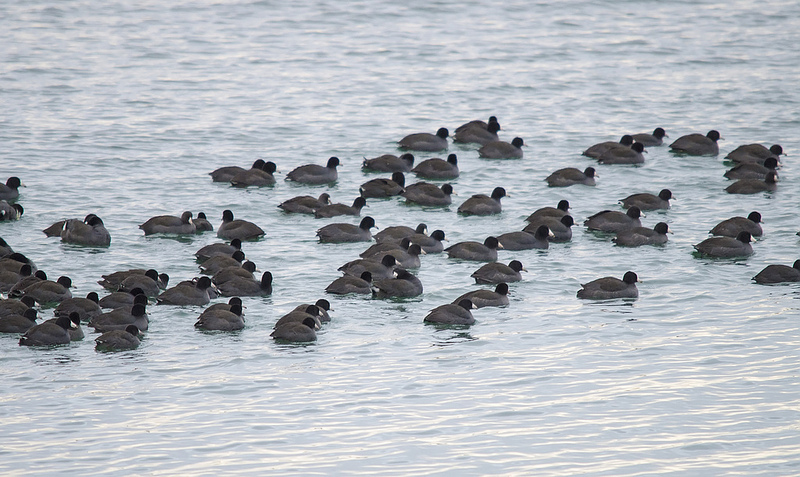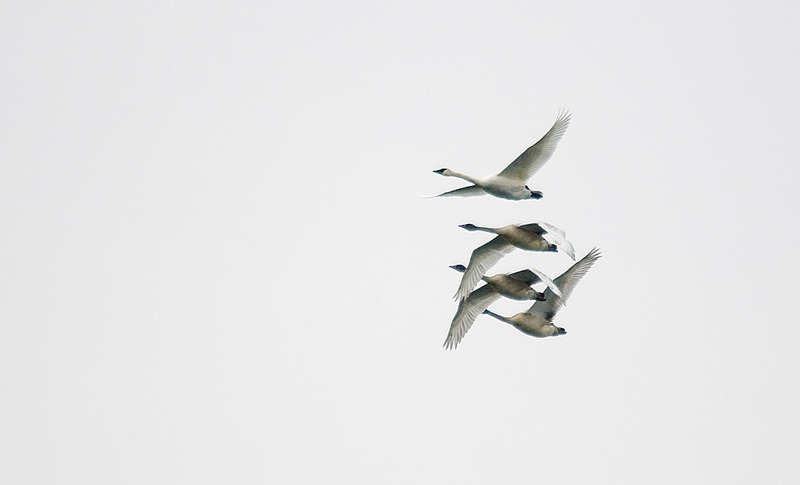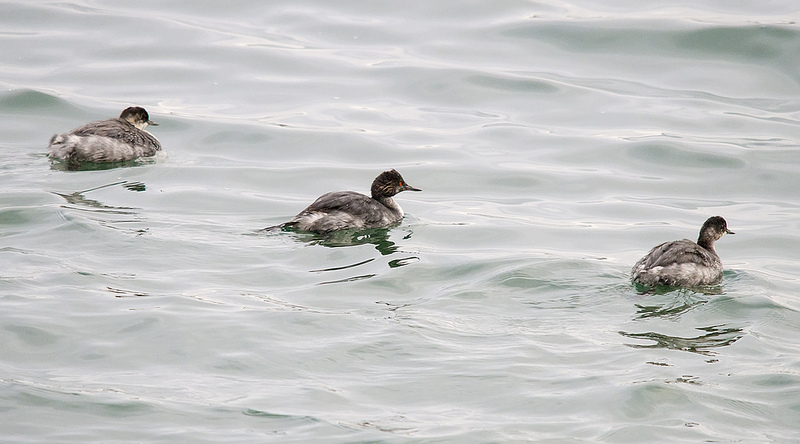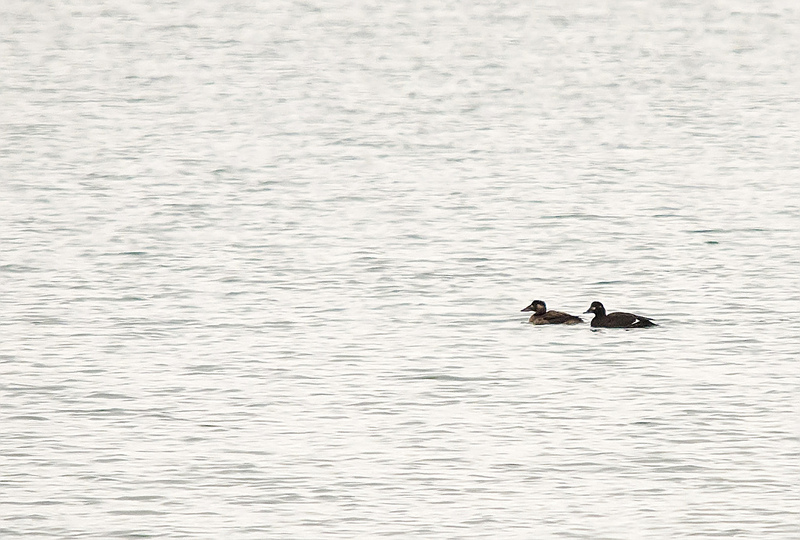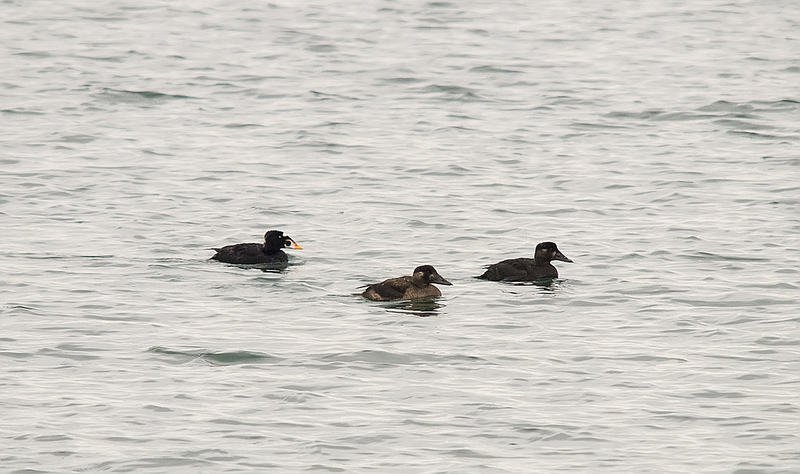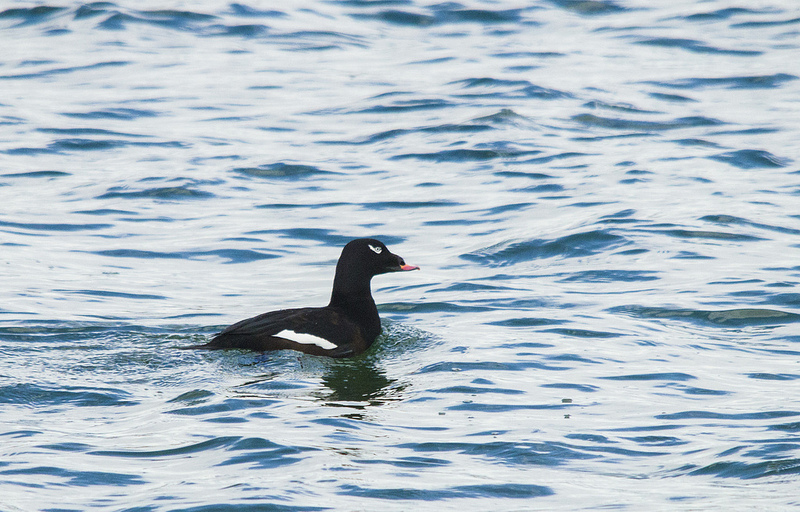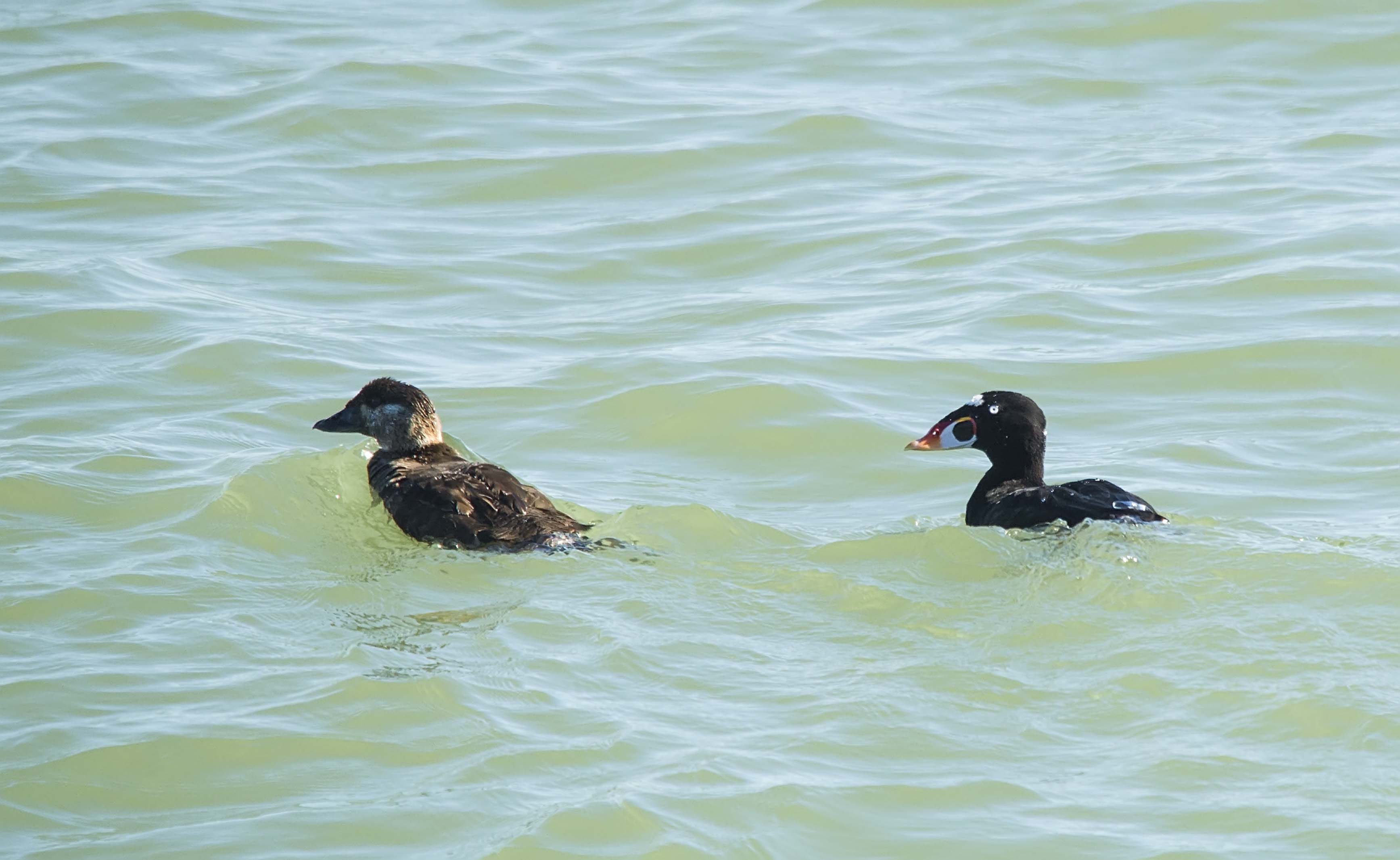Posted by Dan Arndt
This week we headed down to Sikome Lake in search of the beginnings of the massive waterfowl flocks that we find along the Bow River each winter. We were not at all disappointed as there seemed to be no end of Mallards and Canada Geese flying overhead, but on top of that, we had a few pleasant surprises throughout this area of Fish Creek Provincial Park.
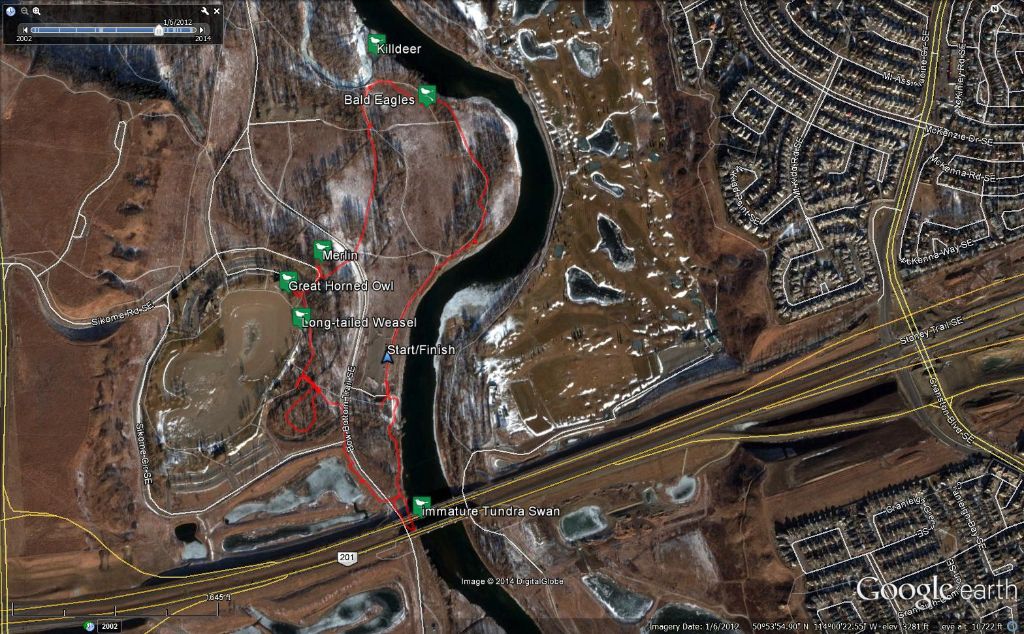
Sikome Lake – November 23, 2014
Underneath the paired bridges over the Bow River, we found this immature Tundra Swan, which seemed to have made friends with a few Mallards. While it was a little out of place among the many smaller waterfowl, it didn’t seem too disoriented, and not visibly injured, so we took some photos, had a bit of a chat about why this particular juvenile was a Tundra Swan and not a Trumpeter Swan, and then headed on our way. Hopefully this young bird will head south before the weather turns again!
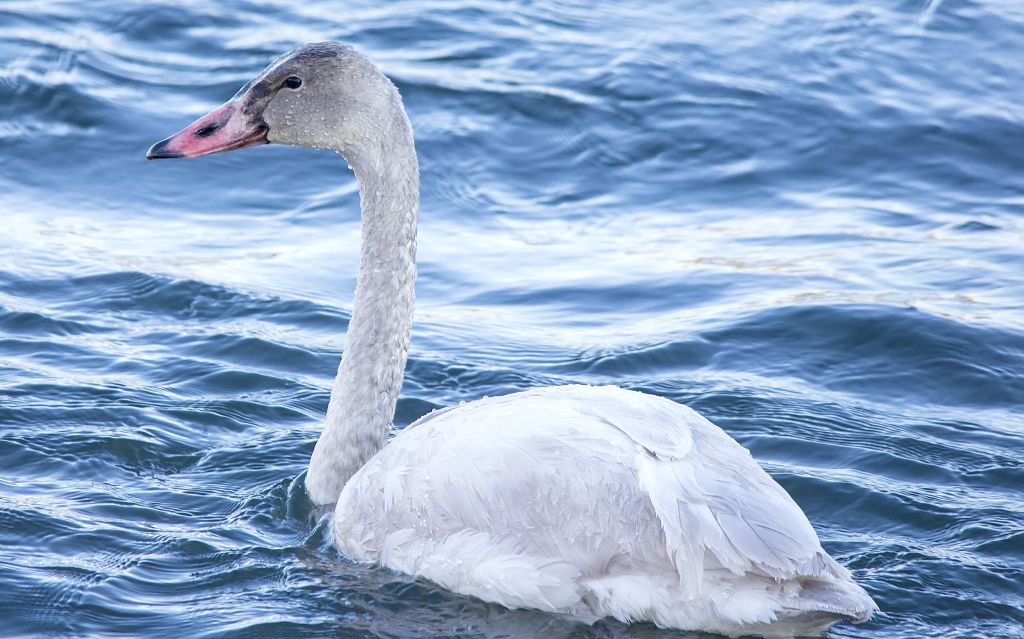
immature Tundra Swan
Pentax K-5 + Sigma 150-500@500mm
1/500sec., ƒ/6.3, ISO 1600
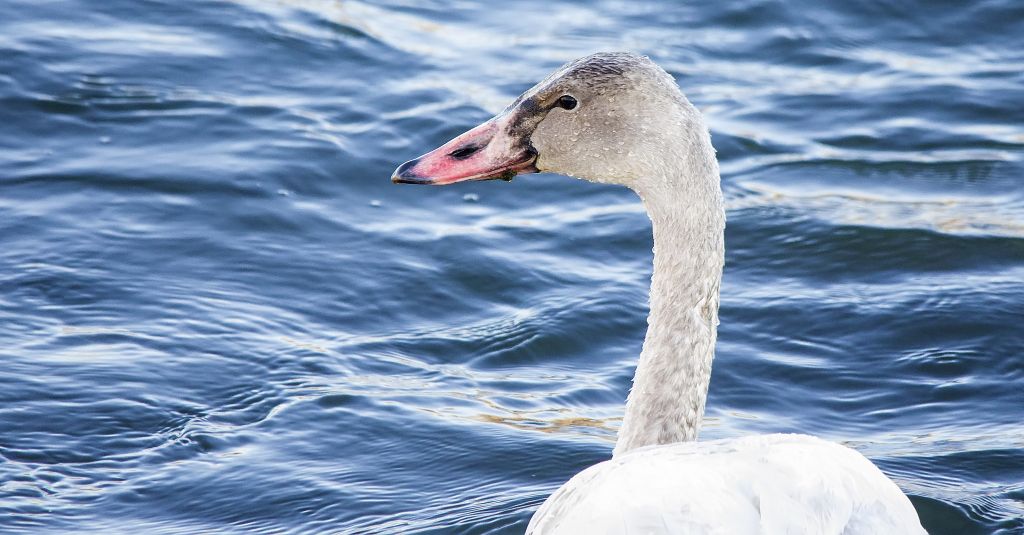
immature Tundra Swan
Pentax K-5 + Sigma 150-500@500mm
1/500sec., ƒ/6.3, ISO 3200
We headed over to the area where, for many years, a family of Great Horned Owls has nested, and while we were in the area, we stumbled across another local celebrity. A Long-tailed Weasel in winter plumage was actively hunting and caching food away for the winter, relentlessly picking off every Meadow Vole it can find, as evidenced by the fact that even with our minimal encounter with it, it hunted one down and headed back to its cache again. The entire encounter lasted about five minutes, and left all of us happy and quite satisfied with our looks at this beautiful, and often quite shy creature.
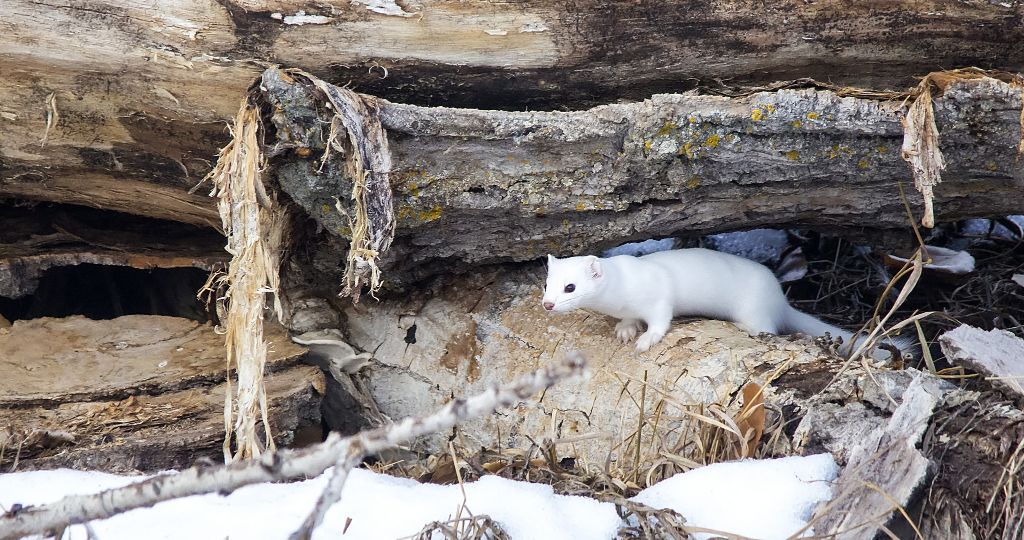
Long-tailed Weasel
Pentax K-5 + Sigma 150-500@500mm
1/1250sec., ƒ/6.3, ISO 3200
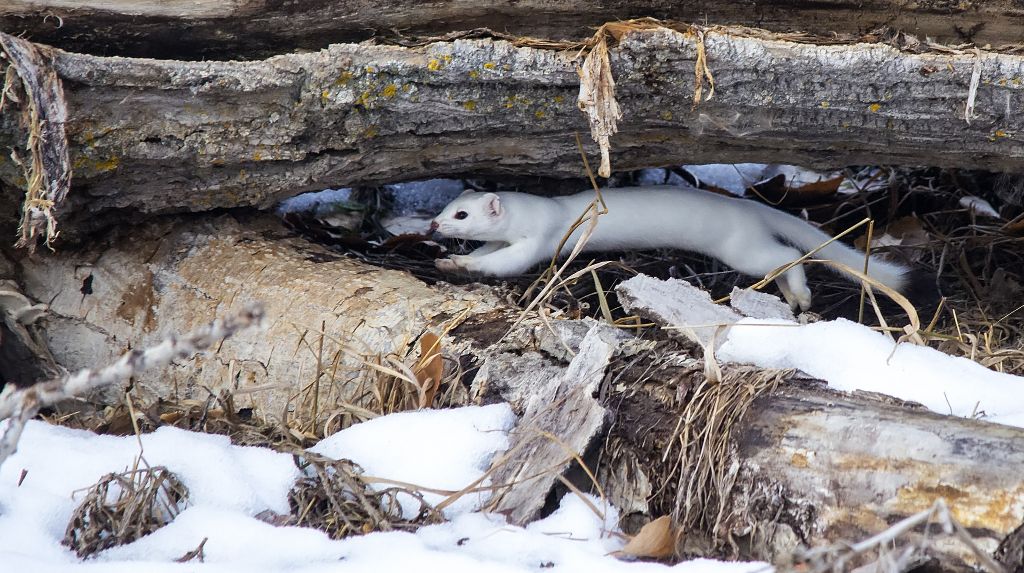
Long-tailed Weasel
Pentax K-5 + Sigma 150-500@500mm
1/1250sec., ƒ/6.3, ISO 3200
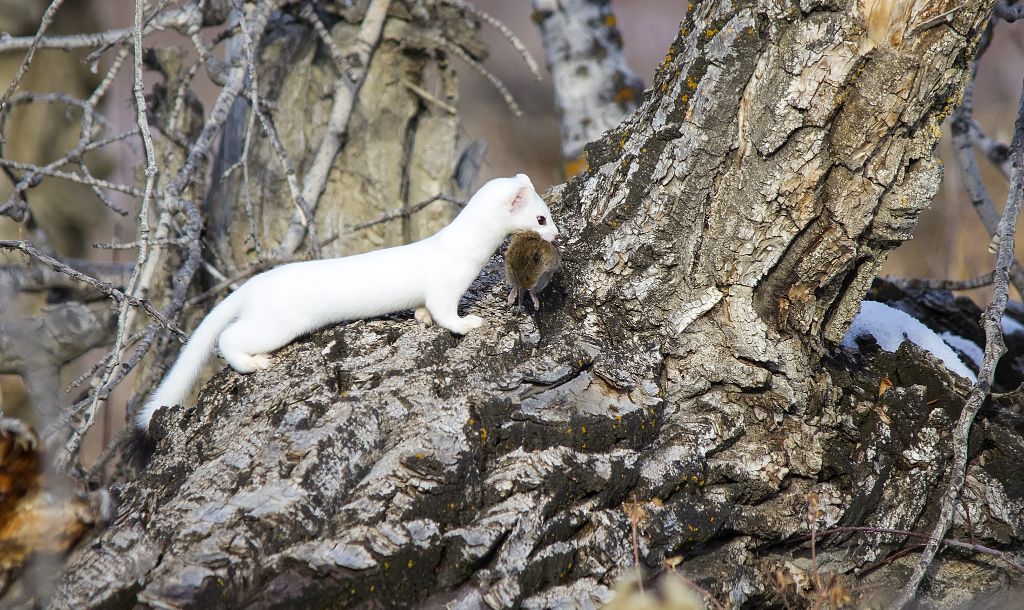
Long-tailed Weasel
Pentax K-5 + Sigma 150-500@500mm
1/1250sec., ƒ/6.3, ISO 3200
Nearby, we found the adult Great Horned Owl pair in their usual haunt, followed quickly by a pair of Merlins fighting over a meal of relatively unknown identity, which gave us a little bit of concern for the safety of the Long-tailed Weasel, since it would make a fine meal for either of these predatory birds, but with all of the small birds and many voles around, it’s likely much safer than we gave it credit for.
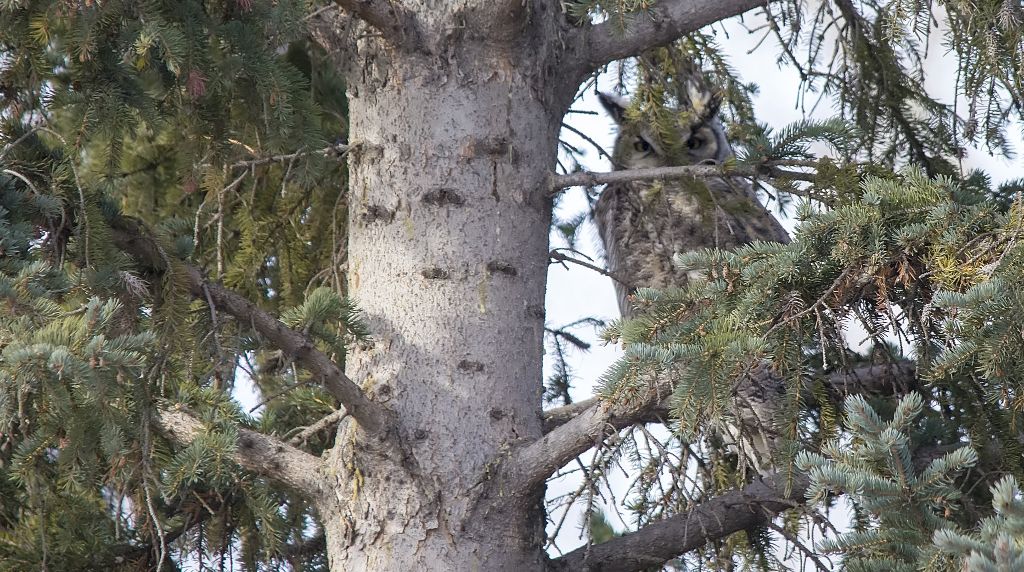
Great Horned Owl
Pentax K-5 + Sigma 150-500@500mm
1/1000sec., ƒ/6.3, ISO 1600
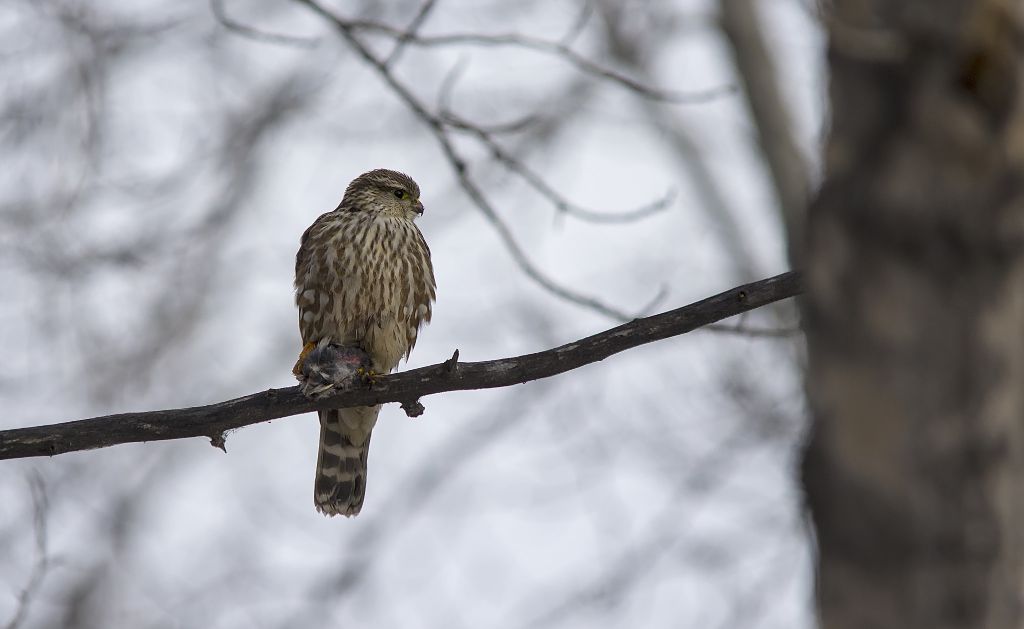
Merlin
Pentax K-5 + Sigma 150-500@500mm
1/1250sec., ƒ/6.3, ISO 500
We actually watched the Merlins chase each other over, around, and through a patch of poplar trees for a few solid minutes, and when it was all over, each of them had a smaller piece of the original prey item that had been caught by the individual above. The aerobatics and speed of the two birds was absolutely stunning to experience.
We headed back north to follow the river’s edge back down to the parking lot at the Boat Launch, and as we were scanning the large flock of waterfowl on the opposite shore, something startled a nearby Killdeer, one of the few that’s still sticking around despite the cold. Moments later, it was gone, flying upstream with its distinctive flight call and drawing our attention to the skies.
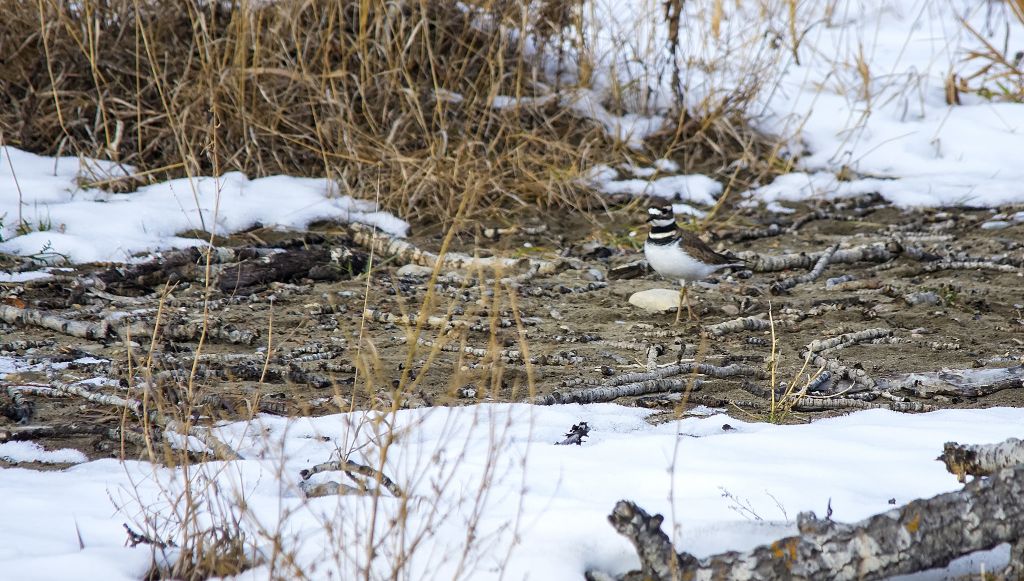
Killdeer
Pentax K-5 + Sigma 150-500@500mm
1/1250sec., ƒ/6.3, ISO 1250
As its flight call moved into the distance, our attention was drawn to not one, but two Bald Eagles in a nearby tree, watching over the waterfowl on the river, trying to identify any of them that might be injured or otherwise unable to escape the talons of these large, powerful raptors.
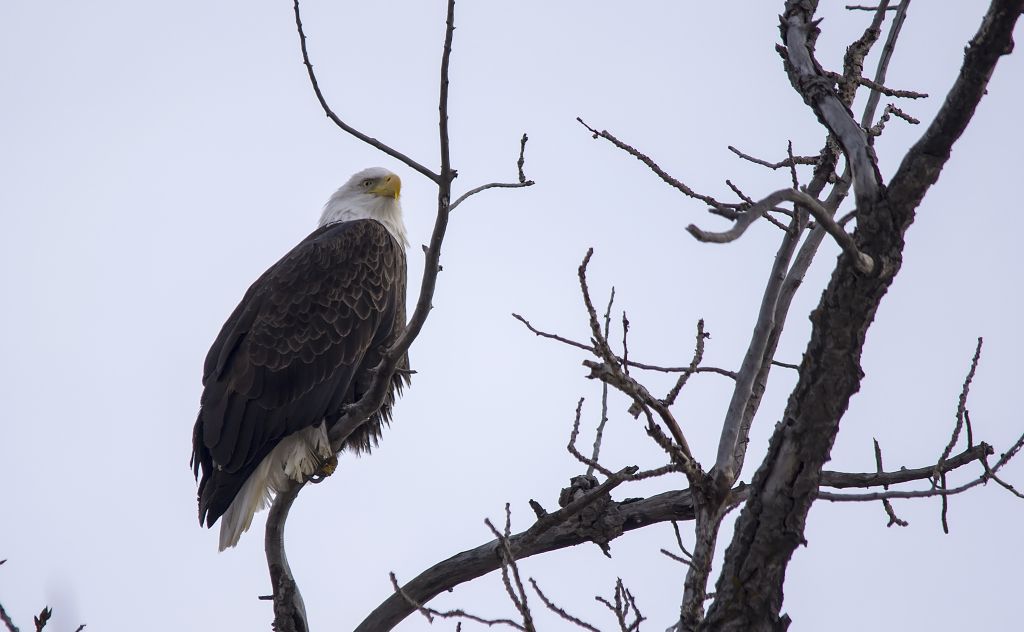
female Bald Eagle
Pentax K-5 + Sigma 150-500@500mm
1/800sec., ƒ/6.3, ISO 320

female (left) and male (right) Bald Eagles
Pentax K-5 + Sigma 150-500@340mm
1/1250sec., ƒ/6.3, ISO 400
Soon enough, the two Bald Eagles flew off in search of their next meal, flushing up hundreds of ducks in all directions, and making a perfect end to another eventful and exciting morning in Fish Creek Provincial Park!
Have a great week, and good birding!
